 Abraham Lincoln
If given the truth, the people can be depended upon to meet any national crisis...
Abraham Lincoln
If given the truth, the people can be depended upon to meet any national crisis...
 Guildford news...
for Guildford people, brought to you by Guildford reporters - Guildford's own news service
Guildford news...
for Guildford people, brought to you by Guildford reporters - Guildford's own news service
Birdwatcher’s Diary No.293
Published on: 2 Dec, 2023
Updated on: 2 Dec, 2023
By Malcolm Fincham
Weather in the southern counties of the UK began to settle as much drier conditions prevailed for the most part during the latter weeks of November.
A high-pressure system was building from the west, drawing down a cooler northerly flow bringing daytime temperatures into low single figures by end of the month.
A visit to Cutt Mill Pond at Puttenham saw the first arrival two goosanders. Two drakes could be viewed across the water on the ‘house pond’ on November 17.
While several more were being reported including a few females during the days that followed.
Still resident there, and also viewed at distance on the far side of the pond, were several mandarin ducks.
The ‘seeping’ calls of wintering redwings alerted me to a small group of them as they timidly flew back and forth to feed on hawthorn berries.
While also sighting my largest flock this winter of 20 or so fieldfares as they flew over, that afternoon.
Overdue for me, was a visit to the Riverside Nature Reserve, near Burpham on November 22.
Tufted ducks that winter there on Stoke Lake were growing in number since my previous visit, although still lower in count than this time last year. Counting just eight about the lake.
A black-headed gull in winter plumage perched on a ‘No Fishing’ sign as I decided to spend a while at the picnic tables at the southern end of the lake.
As I observed the lake from my seated viewpoint, I was pleasantly graced by a kingfisher perching up in a small, now leafless shrub by the water’s edge.
“If only it had perched up on the ‘No Fishing’ sign, where the gull had previously been!” I mumbled to myself, but enjoyed the moment all the same.
Having rested a while, I decided to continue my walk observing a small group of cattle still on the reserve, as well as noticing a kestrel perched in a hawthorn close by them.
It wasn’t long after that nature, once again, showed me how unpredictable she can be. Looking back towards the picnic benches, I could see, some distance away across the water, the kingfisher now sitting on the ‘No Fishing’ sign!
Other sightings there included a great spotted woodpecker.
As well as a green woodpecker.
A stonechat could also be observed from the boardwalk.
A few teal could now be seen in the flooded areas as they secluded themselves beneath the sallows.
And at least two Cetti’s warblers could be heard calling from time to time.
While viewing from the area by Stoke Lock, two pairs of shoveler ducks had now returned to the flooded scrape.
A surprise sighting for me (and more than making up for missing out on the kingfisher perched on the ‘No Fishing’ sign) was while viewing across the ‘scrape’ there was a group of seven great white egrets flying south just above the utility pylons.
Taking a few pictures as they flew over, I was even more surprised to observe them circle, lower in height then briefly, and land just beyond the flooded scrape.
They were there long enough to photo two of them before, once again, taking flight and continuing their journey south.
Until recent years, as well as little and cattle egrets, this would have been a mega rare sighting. They have now, however, become established breeding birds in parts of southern England. Even so, seeing seven together, is still, to date, possibly a record count for in Surrey.
A brief walk downstream along the River Wey towpath beyond Bower’s Lock, saw the previous month or so of above average rainfall had created another large inland pool of flood water.
And there I was able to add a handful of wigeon to my day-list.
A couple of visits to Britten’s Pond saw the resident kingfisher showing regularly during the last week of November.
In my view, this was mainly due to the increase in leaves now falling from the trees surrounding the pond. There was certainly less foliage for him to hide within while doing his fishing.
He also appeared more confiding than usual, not flying off so far as I followed him along the water’s edge, getting numerous photos as he perched up on the overhanging branches by the anglers’ fishing swims.
The usual group of black-headed gulls had returned to winter there.
While the resident grey heron continued its presence.
And a great crested grebe in winter plumage also could now be regularly seen out on the water.
On November 25 I visited Tice’s Meadow near Farnham in the company of Bob and Dougal.
Much voluntary work has been carried out over recent years to make it an important part of Surrey’s nature reserves.
Concerns had arisen once again in recent weeks. This was over the controversial plans to build a McDonald’s fast food drive-through restaurant. This story was covered by The Guildford Dragon NEWS.
And further to that on a recent BBC Surrey radio interview.
Surprisingly, after all the unsettled weather over recent months, water levels still remained low enough to visit the waterside hide at Tice’s Meadow where I’ve had my best opportunities to take photographs from, to add to my recent sightings.
Two green sandpipers were still present at our time of visit.
While at least five little egrets, now wintering there, could be viewed feeding in the margins.
Alongside them several grey herons could also be viewed.
As well as a fox scavenging about by the bank of the water.
Around the edges of the small inlet pool to the right of the hide, several common snipe could be picked out, having returned to the reserve to winter.
Looking out from the hide across the water, a variety of distant wildfowl could be observed. With the hide being so close to the water’s edge, I took advantage of photographing the birds closer to view.
These included great crested grebes.
Tufted ducks.
A few pairs of gadwall.
As well as a pochard.
Although having declined regionally over recent decades, a flock of lapwings had once again returned to call it their winter home.
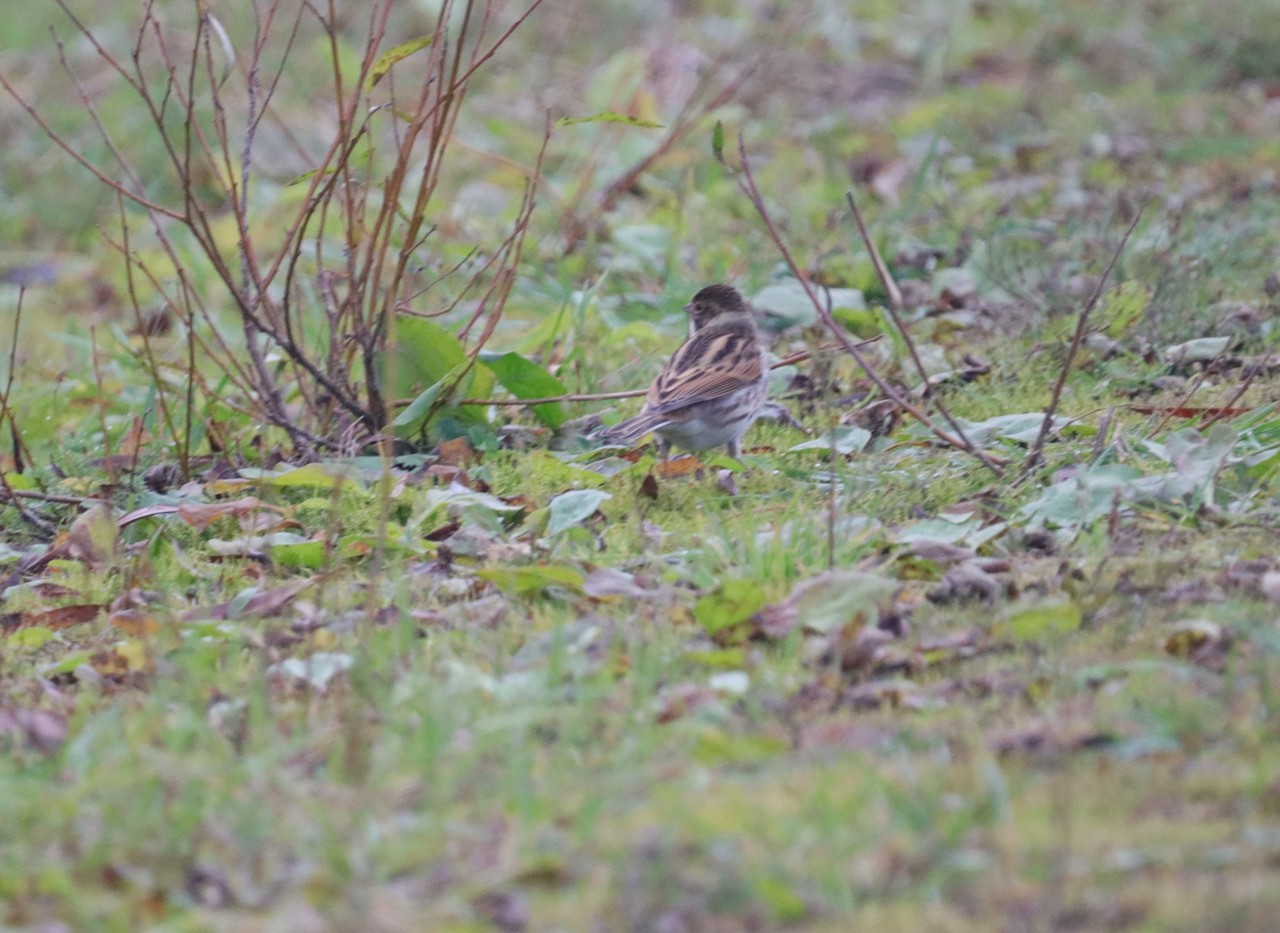 Around the reeded areas of the reserve, the regular sound of Cetti’s warblers could be heard skulking within the reeds, while more obliging to the eye were a couple of reed buntings.
Around the reeded areas of the reserve, the regular sound of Cetti’s warblers could be heard skulking within the reeds, while more obliging to the eye were a couple of reed buntings.
A wren also kindly perched up on a post for a photo.
While a peregrine on one of its regular visits could be seen passing through.
A pleasant end to the day was to see the increase in the number of wintering redwings there too. Timidly feeding on the hawthorn berries.
A late evening skyward glance from my back garden on November 26 saw a mysterious ethereal halo moon in the southern sky. Questioning its presence, I wondered if I had seen the like of it before?
On researching the phenomena, it was indeed of a rare occurrence. In scientific terms it is thought to be created by ice crystals high in the atmosphere.
In ancient culture, however, when you spot a halo around the moon, something special might be happening – whether it be good or bad – or perhaps the universe itself might be speaking directly through this mysterious natural occurrence.
In my personal view, whatever your interpretation of its presence may be, there is far more to life than we can ever perceive.
A visit to St Mary’s churchyard, Perry Hill, Worplesdon before the month was out saw the arrival of the first redwings there. Although fewer in number than recent years, they could be seen feeding on the now ripening holly berries about the grounds.
A small group of greenfinches could also be viewed during my visit.
While at the rear of the churchyard a group of 50 or so siskins could be observed.
A rather unusual ending to the month’s birdwatching was to see a white dove perched atop of one of the tall trees in St Mary’s churchyard. “
A “dove from above” perhaps? With hindsight, probably from a local dovecote, and possibly the one at Worplesdon Place hotel?.
Nonetheless, certainly a sighting I had not seen there before.
Responses to Birdwatcher’s Diary No.293
Leave a Comment Cancel replyPlease see our comments policy. All comments are moderated and may take time to appear.
Recent Articles
- Guildford Institute’s Crowdfunding Project for Accessible Toilet in its New Community and Wellbeing Centre
- Letter: Guildford – Another Opportunity Missed?
- Letter: GBC’s Corporate Strategy – Where Is the Ambition?
- My Memories of John Mayall at a Ground-breaking Gig in Guildford Nearly Six Decades Ago
- Westborough HMO Plans ‘Losing the Heart of the Street’ Says Resident
- College Invests to Boost Surrey’s Economy and Close Digital Skills Gap
- Community Lottery Brings Big Wins for Local Charities
- GBC Housing Plan Promises ‘A Vibrant Urban Neighbourhood’ Near Town Centre
- Hospital Pillows ‘Shortage’ at the Royal Surrey
- Updated: Caravans Set Up Camp at Ash Manor School


Recent Comments
- Ian Macpherson on Updated: Main Guildford to Godalming Road Closed Until August 1
- Sara Tokunaga on GBC Housing Plan Promises ‘A Vibrant Urban Neighbourhood’ Near Town Centre
- Michael Courtnage on Daily Mail Online Reports Guildford Has Highest-paid Council Officer
- Alan Judge on GBC Housing Plan Promises ‘A Vibrant Urban Neighbourhood’ Near Town Centre
- John Perkins on GBC Housing Plan Promises ‘A Vibrant Urban Neighbourhood’ Near Town Centre
- S Collins on GBC Housing Plan Promises ‘A Vibrant Urban Neighbourhood’ Near Town Centre
Search in Site
Media Gallery
Dragon Interview: Local Artist Leaves Her Mark At One of England’s Most Historic Buildings
January 21, 2023 / No Comment / Read MoreDragon Interview: Lib Dem Planning Chair: ‘Current Policy Doesn’t Work for Local People’
January 19, 2023 / No Comment / Read MoreA3 Tunnel in Guildford ‘Necessary’ for New Homes, Says Guildford’s MP
January 10, 2023 / No Comment / Read More‘Madness’ for London Road Scheme to Go Ahead Against ‘Huge Opposition’, Says SCC Leader
January 6, 2023 / No Comment / Read MoreCouncillor’s Son Starts Campaign for More Consultation on North Street Plan
December 30, 2022 / No Comment / Read MoreCounty Council Climbs Down Over London Road Works – Further ‘Engagement’ Period Announced
December 14, 2022 / No Comment / Read MoreDragon Interview: GBC Reaction to the Government’s Expected Decision to Relax Housing Targets
December 7, 2022 / No Comment / Read MoreHow Can Our Town Centre Businesses Recover? Watch the Shop Front Debate
May 18, 2020 / No Comment / Read More





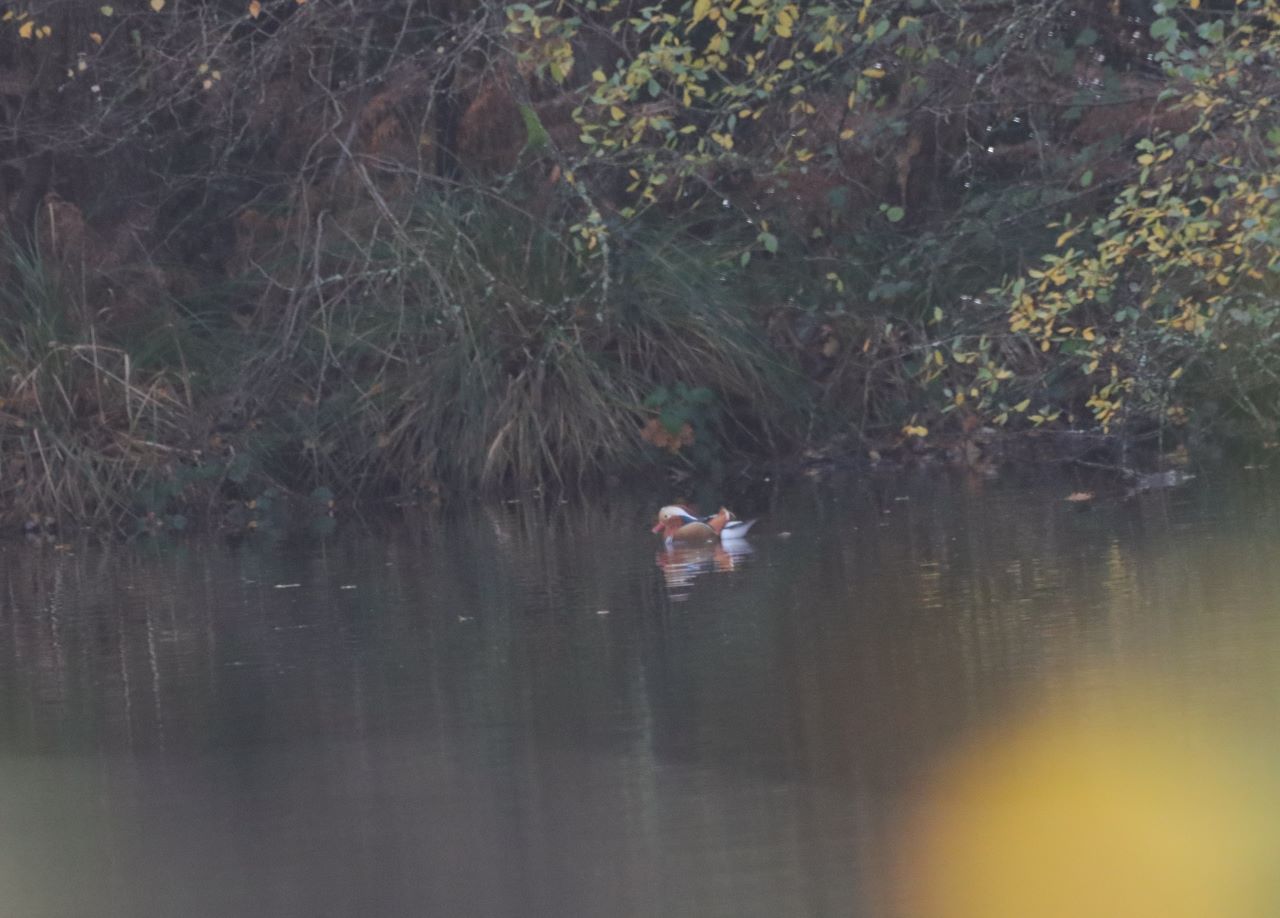
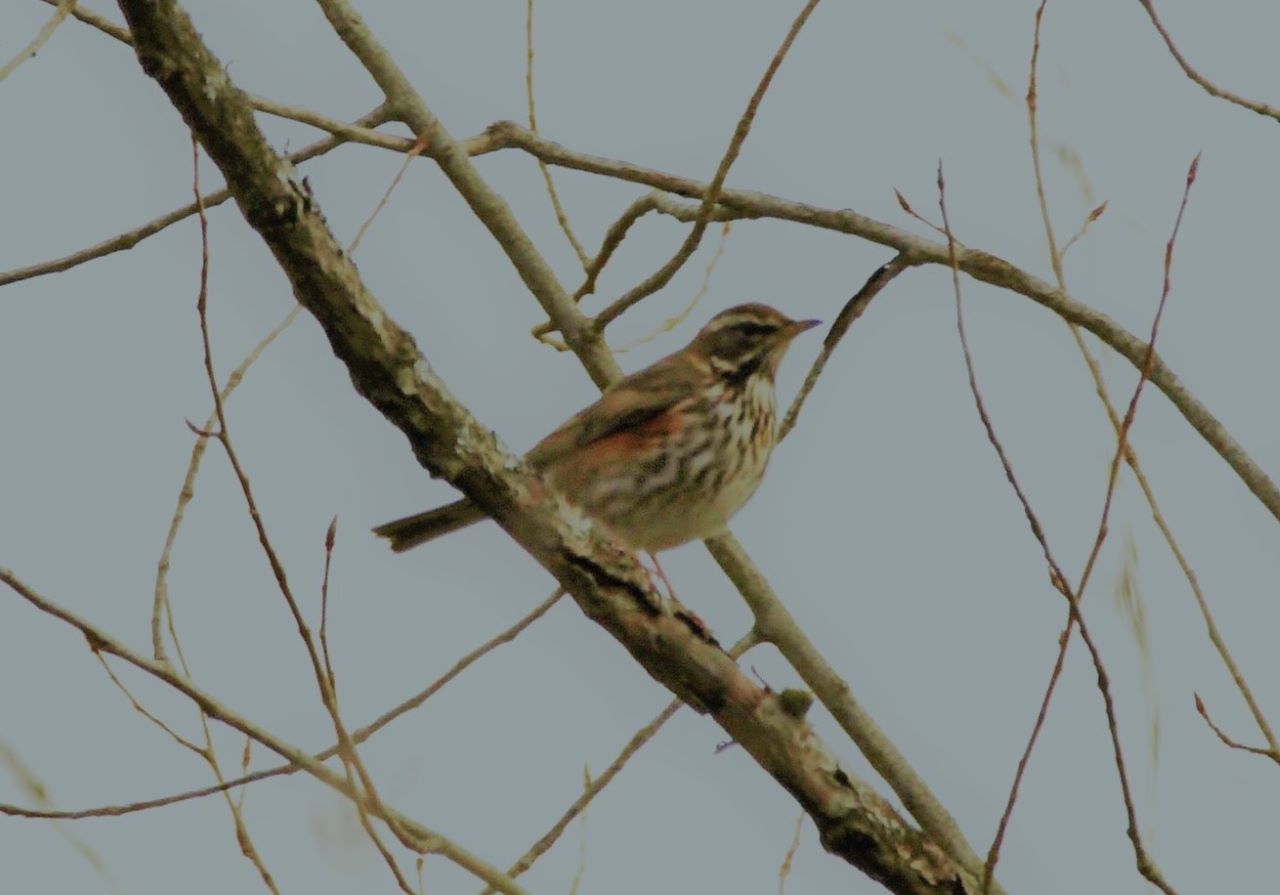
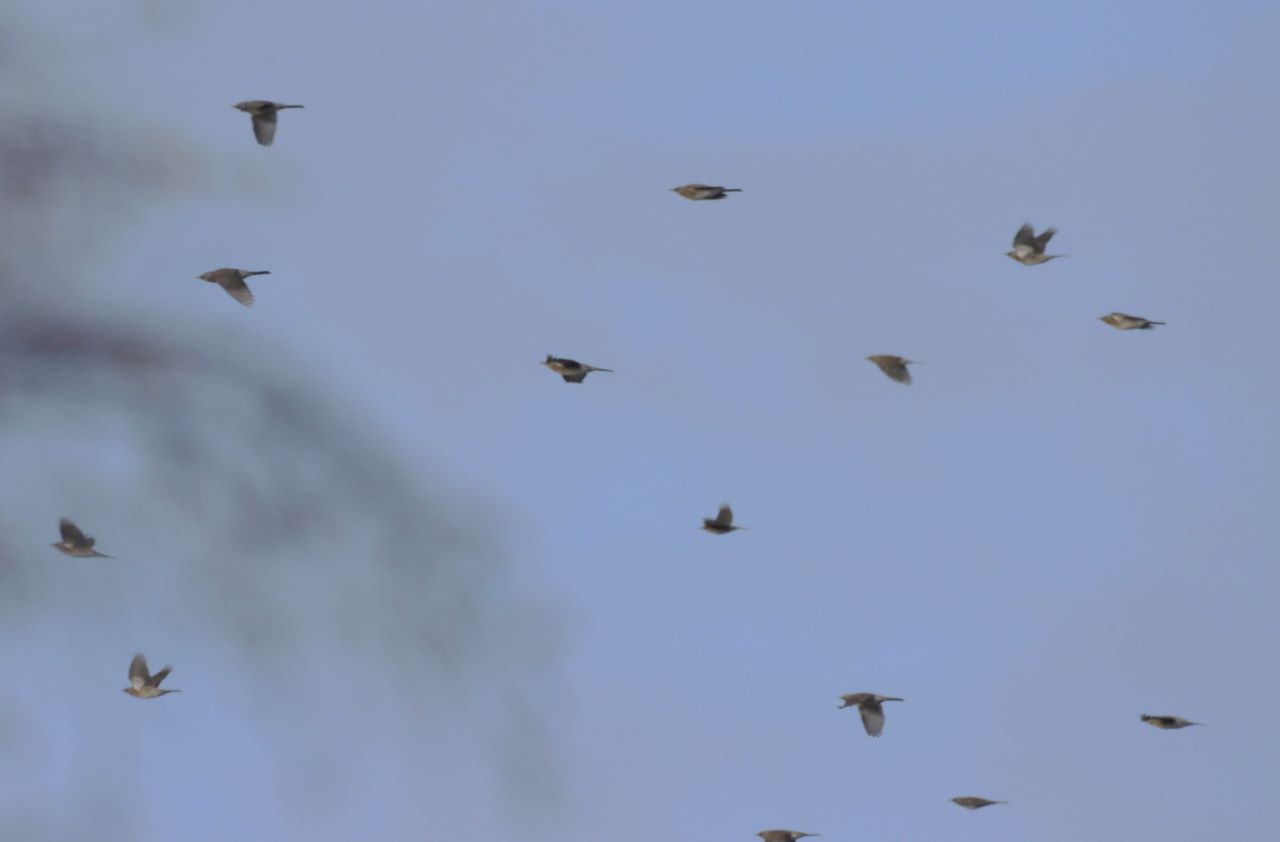
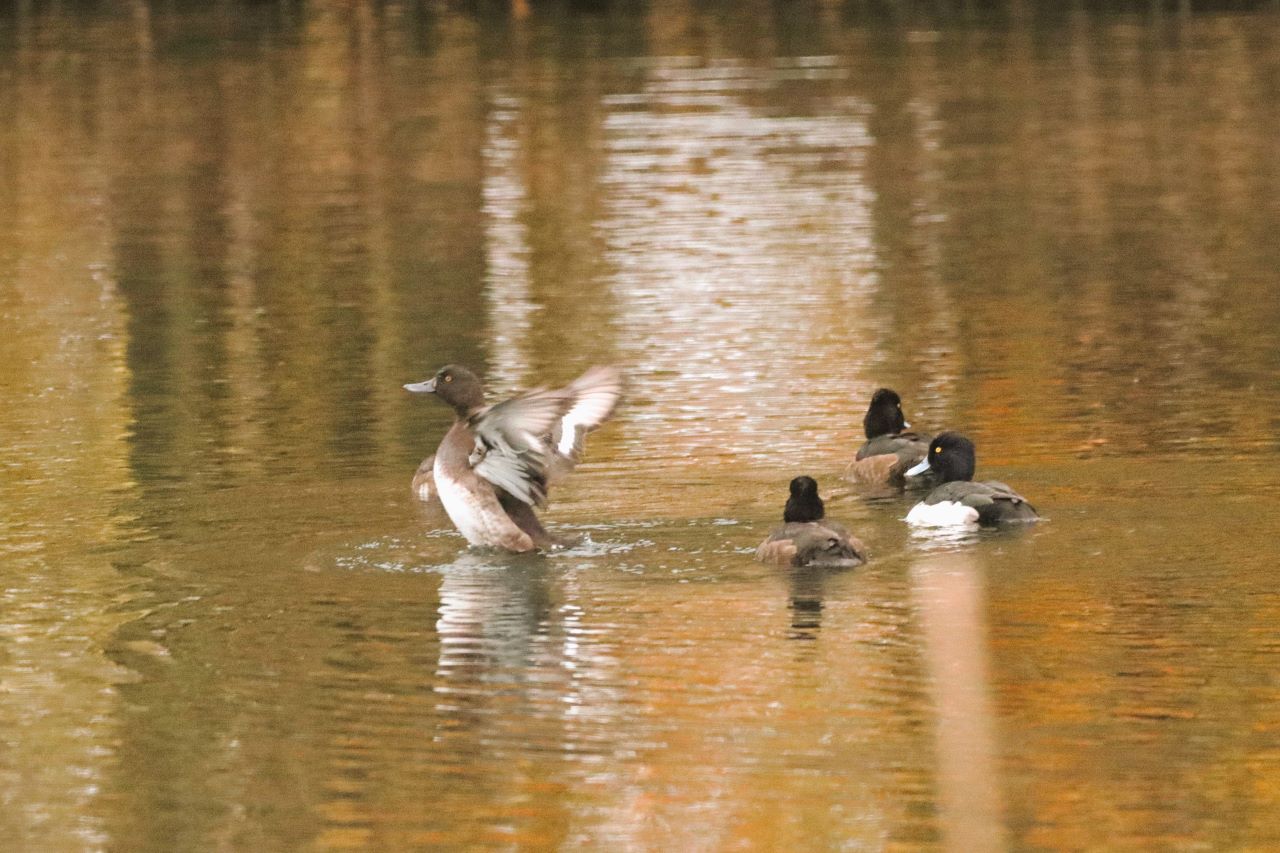

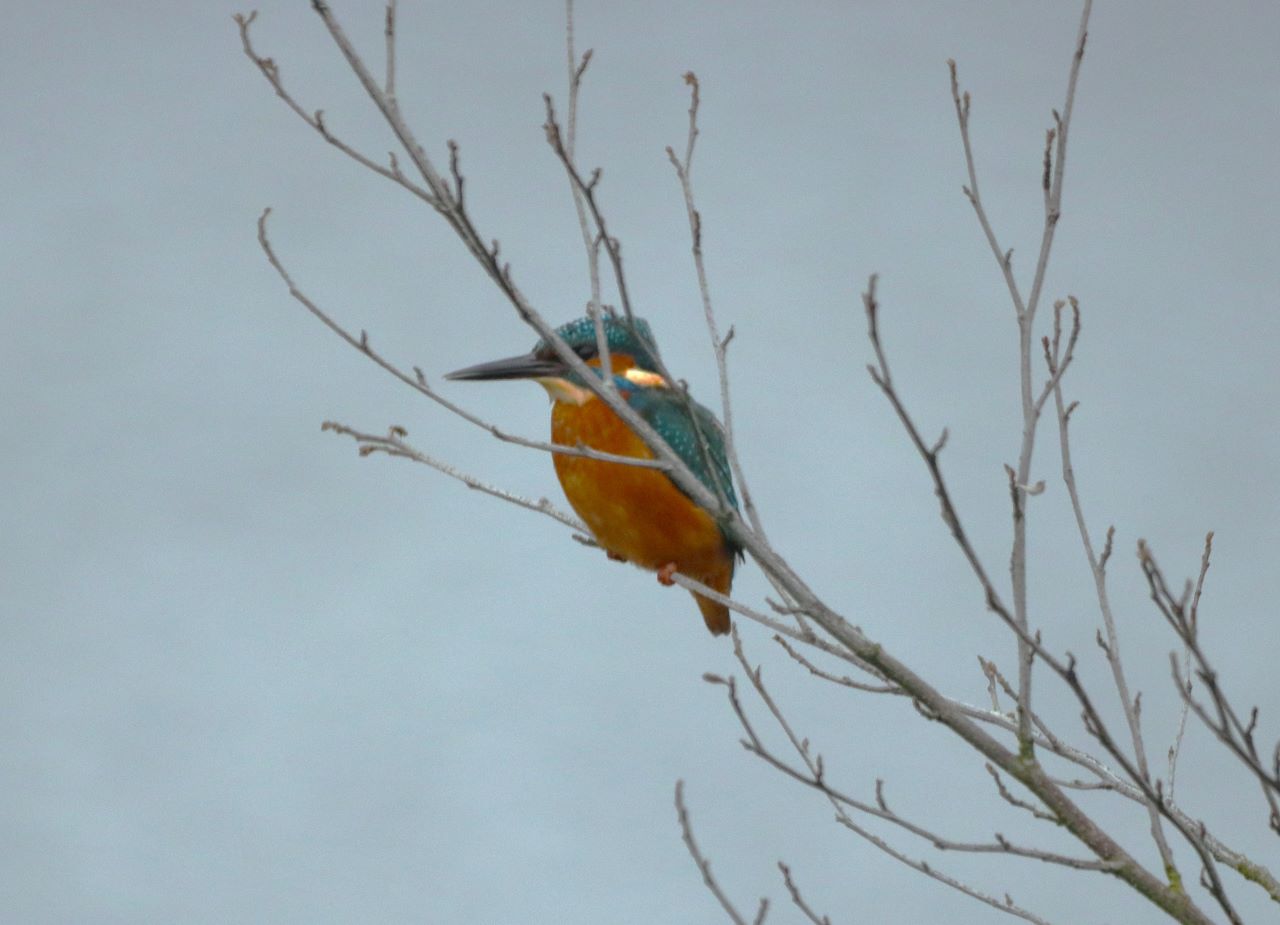
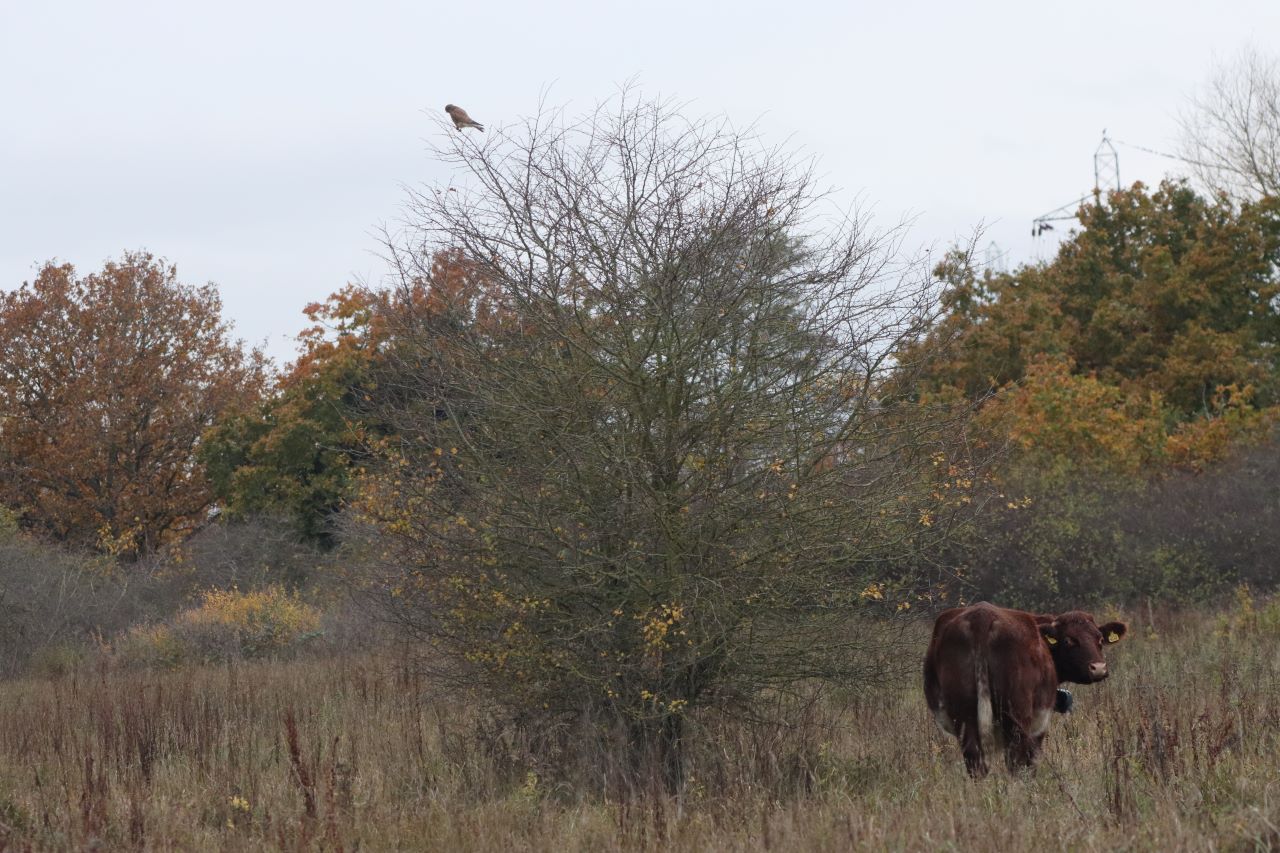

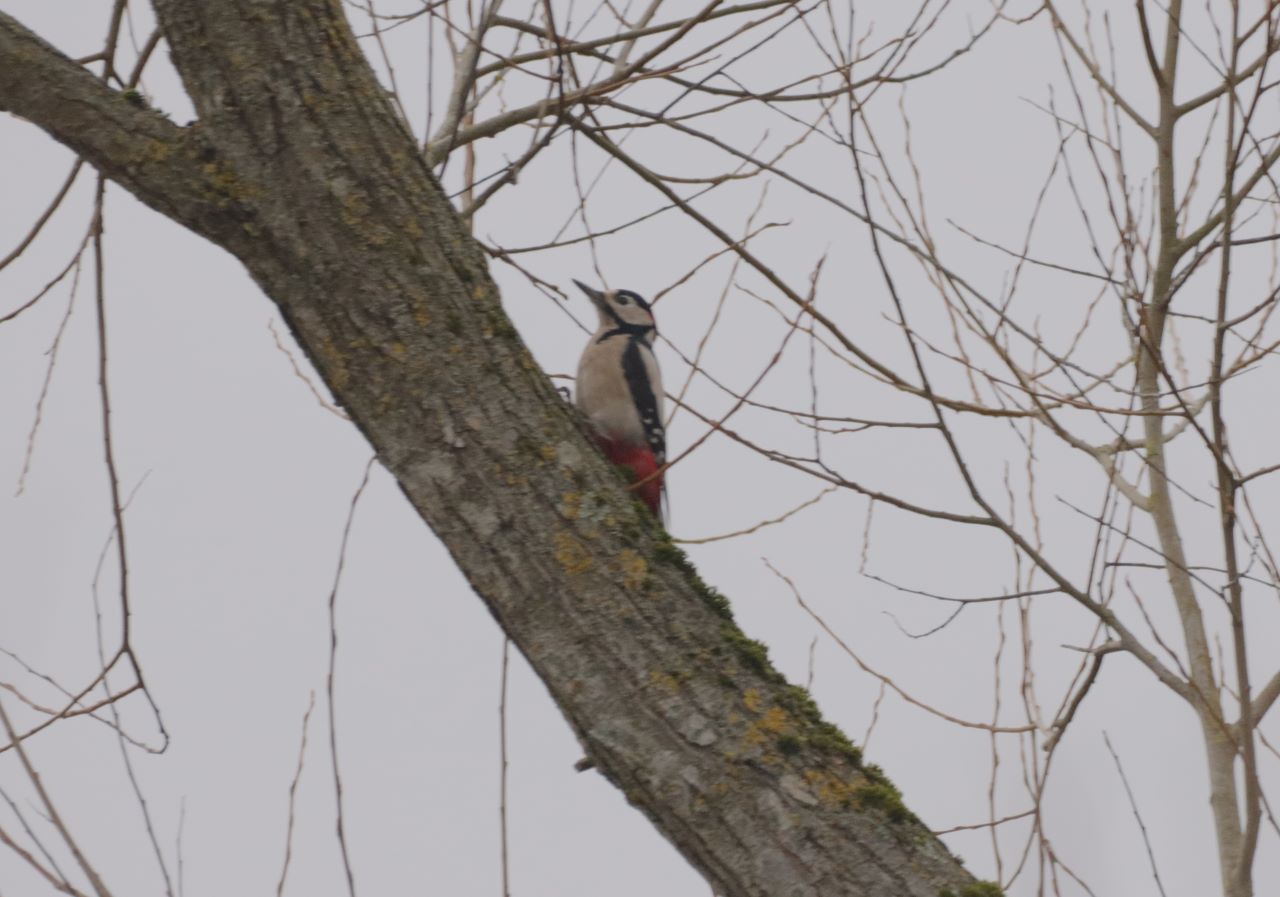

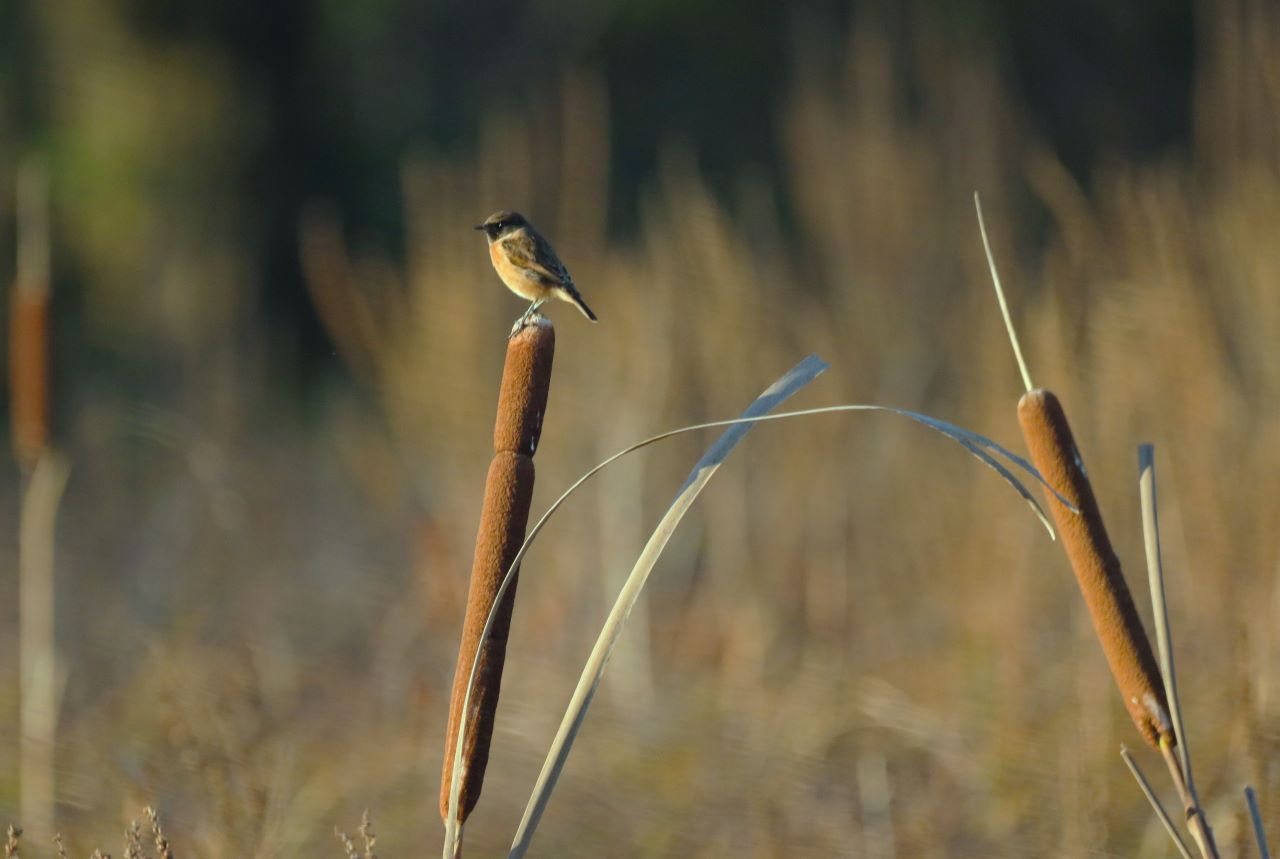
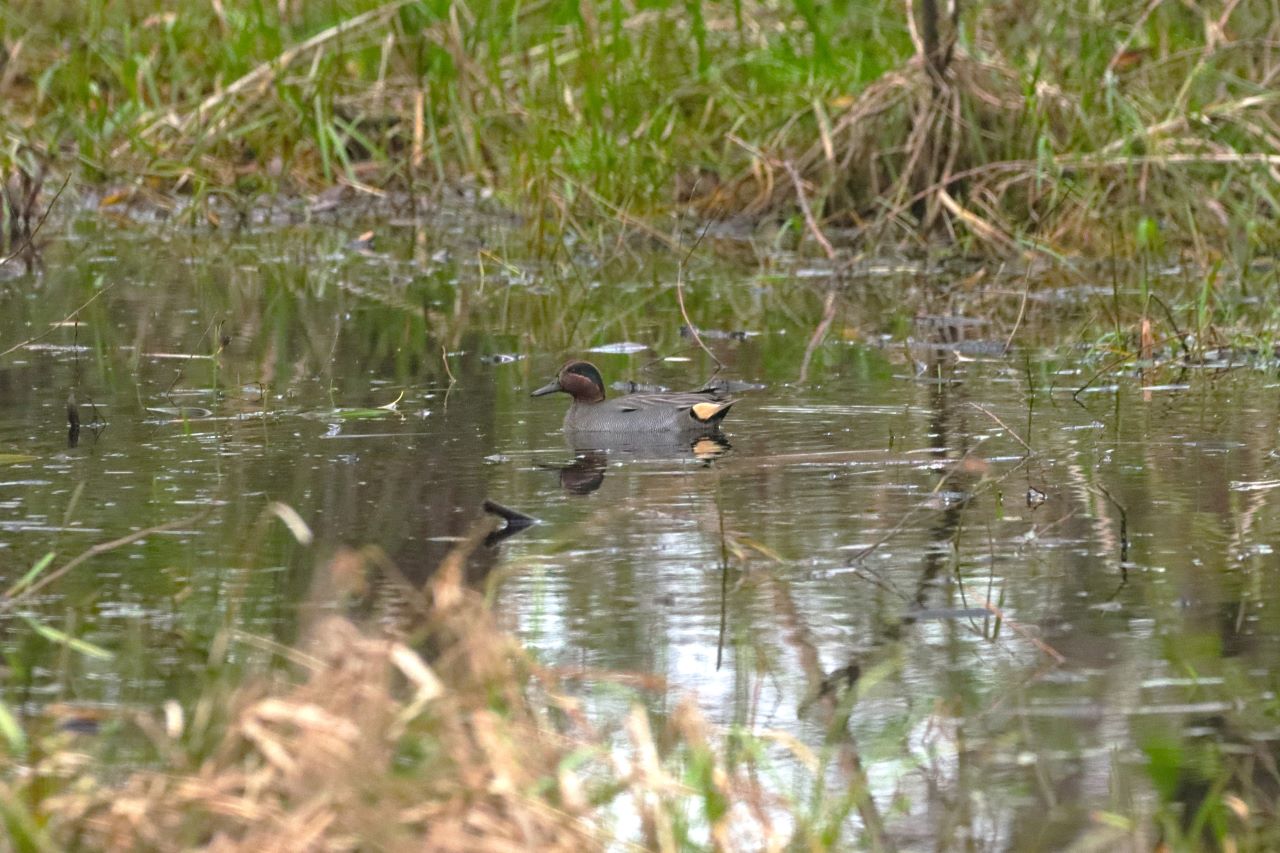
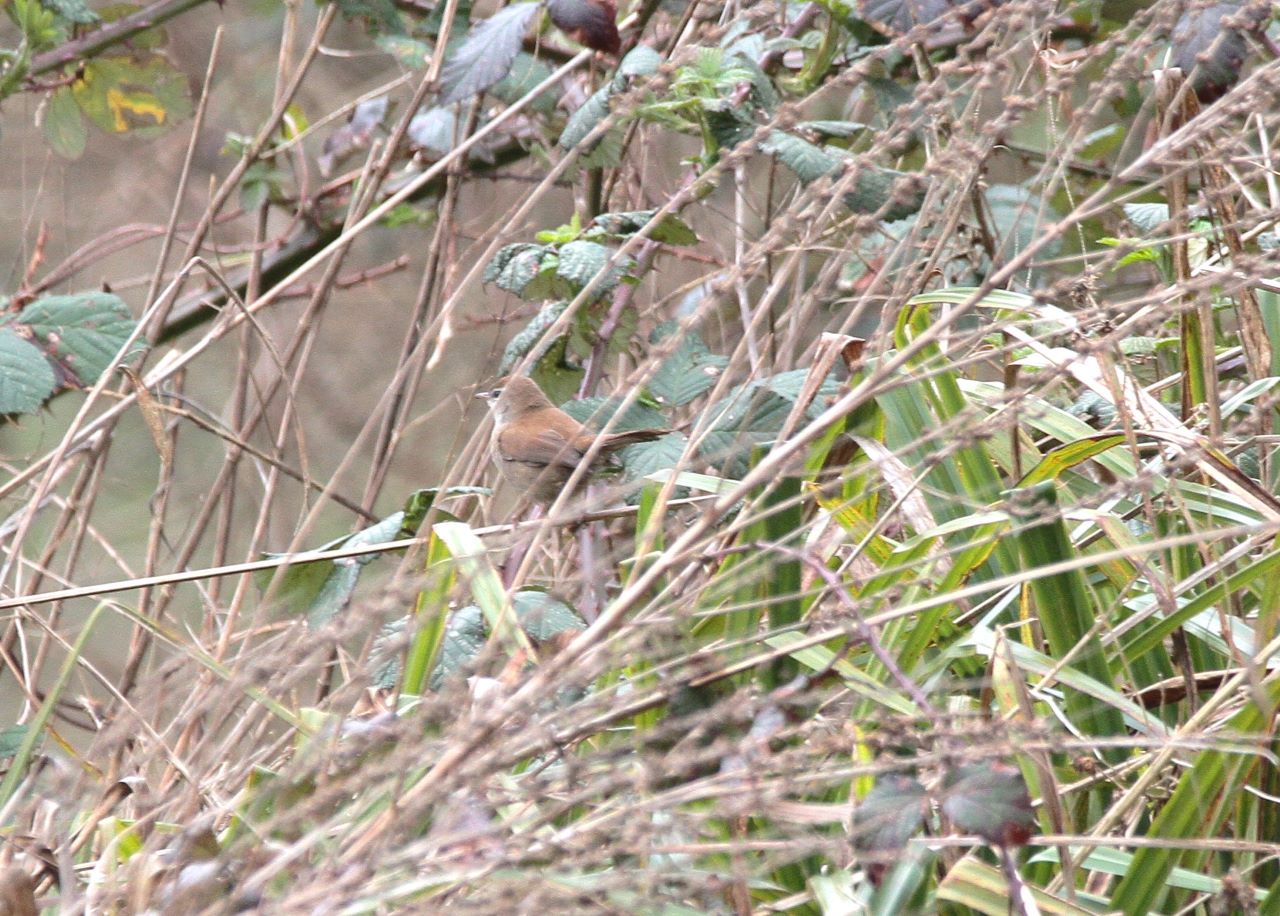
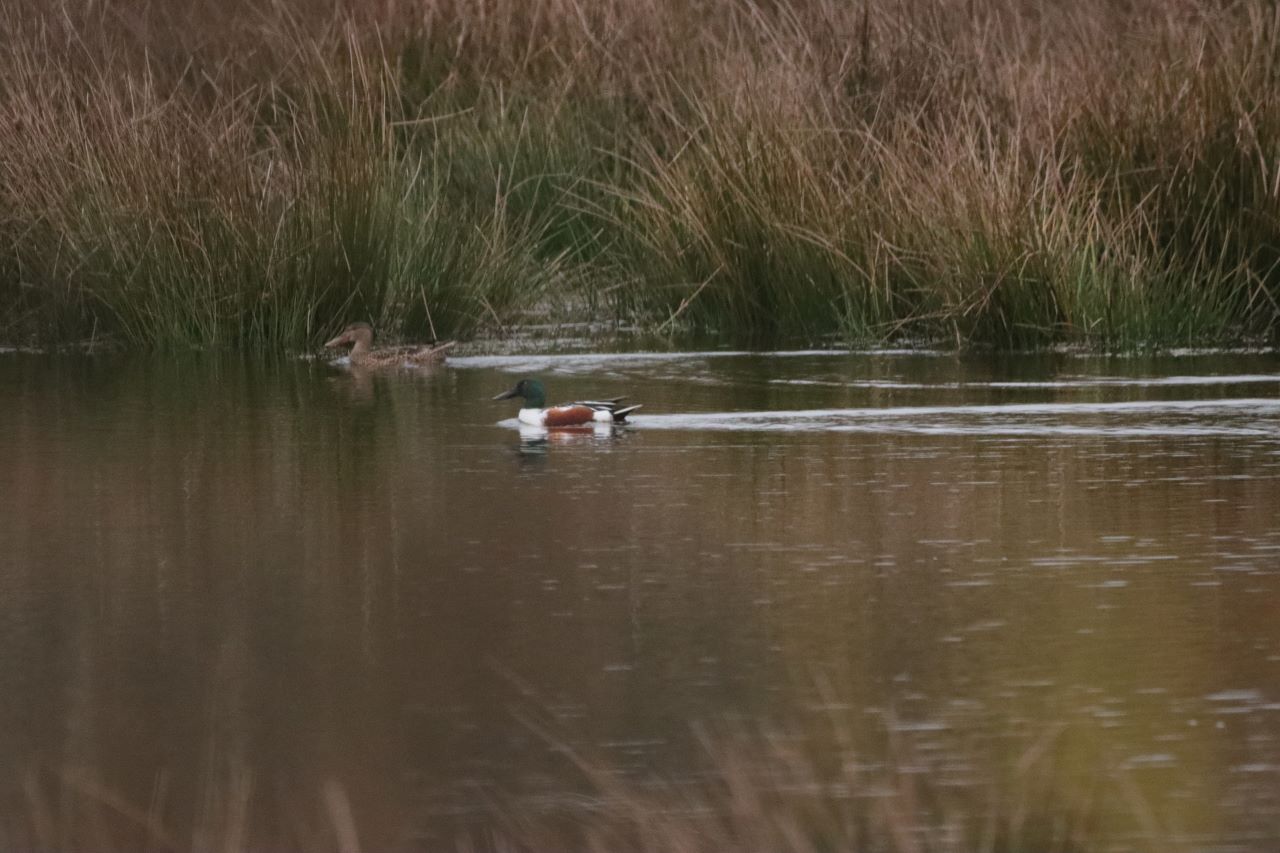

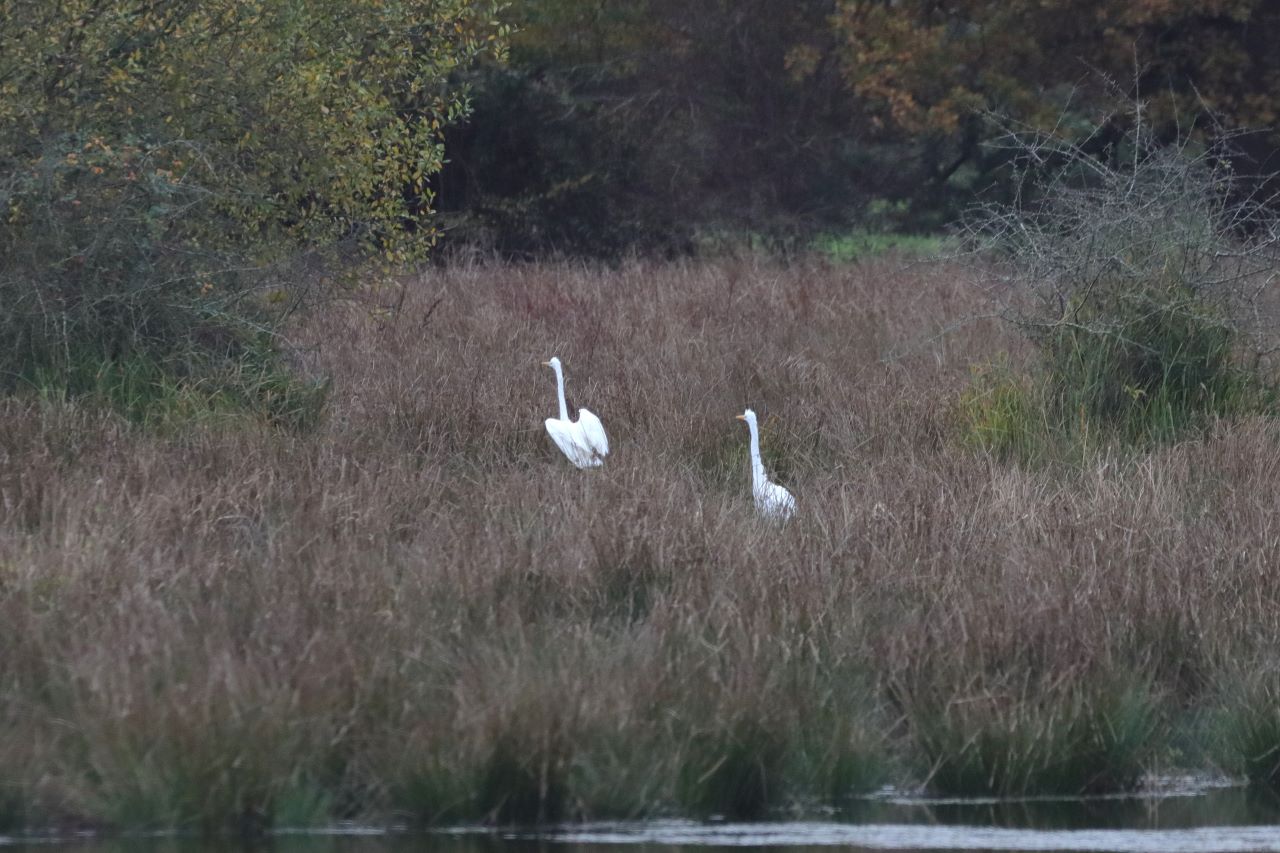
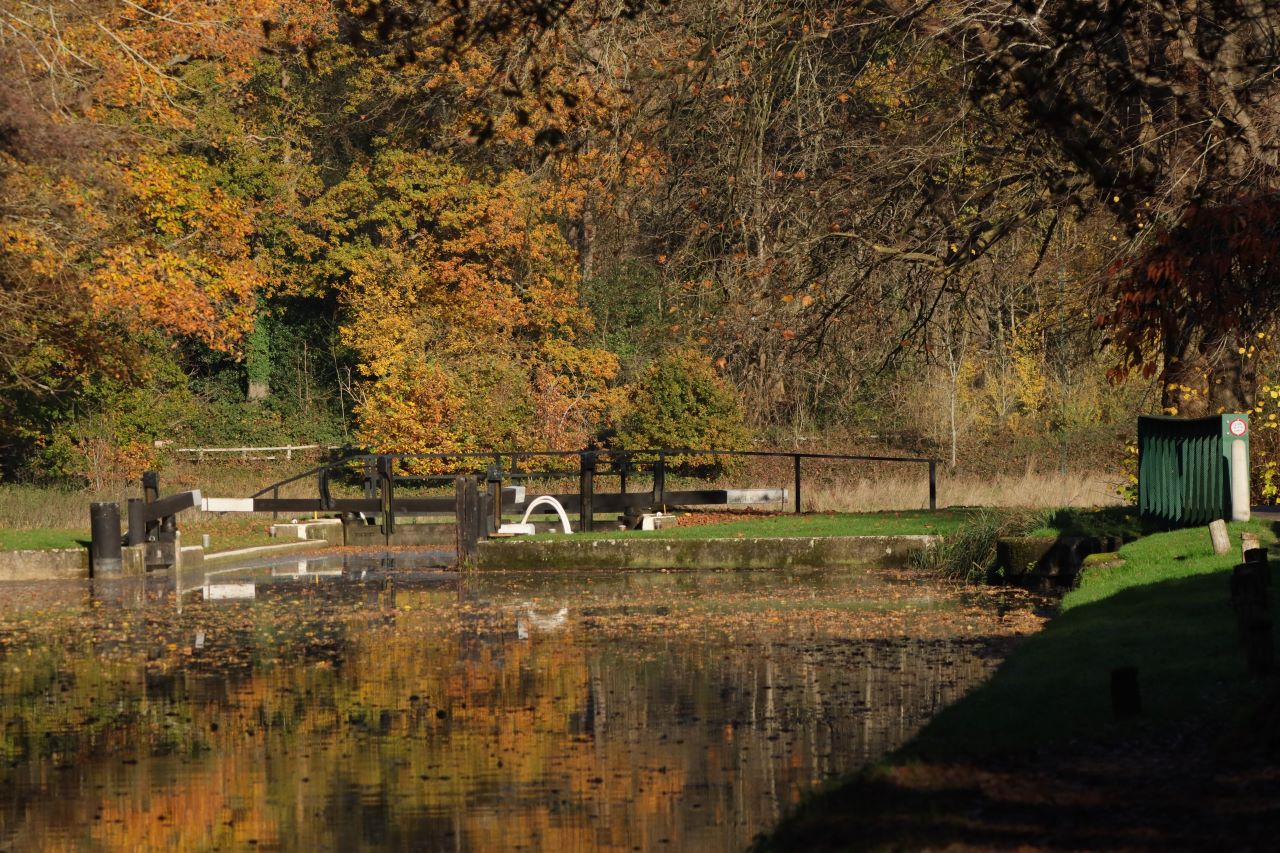
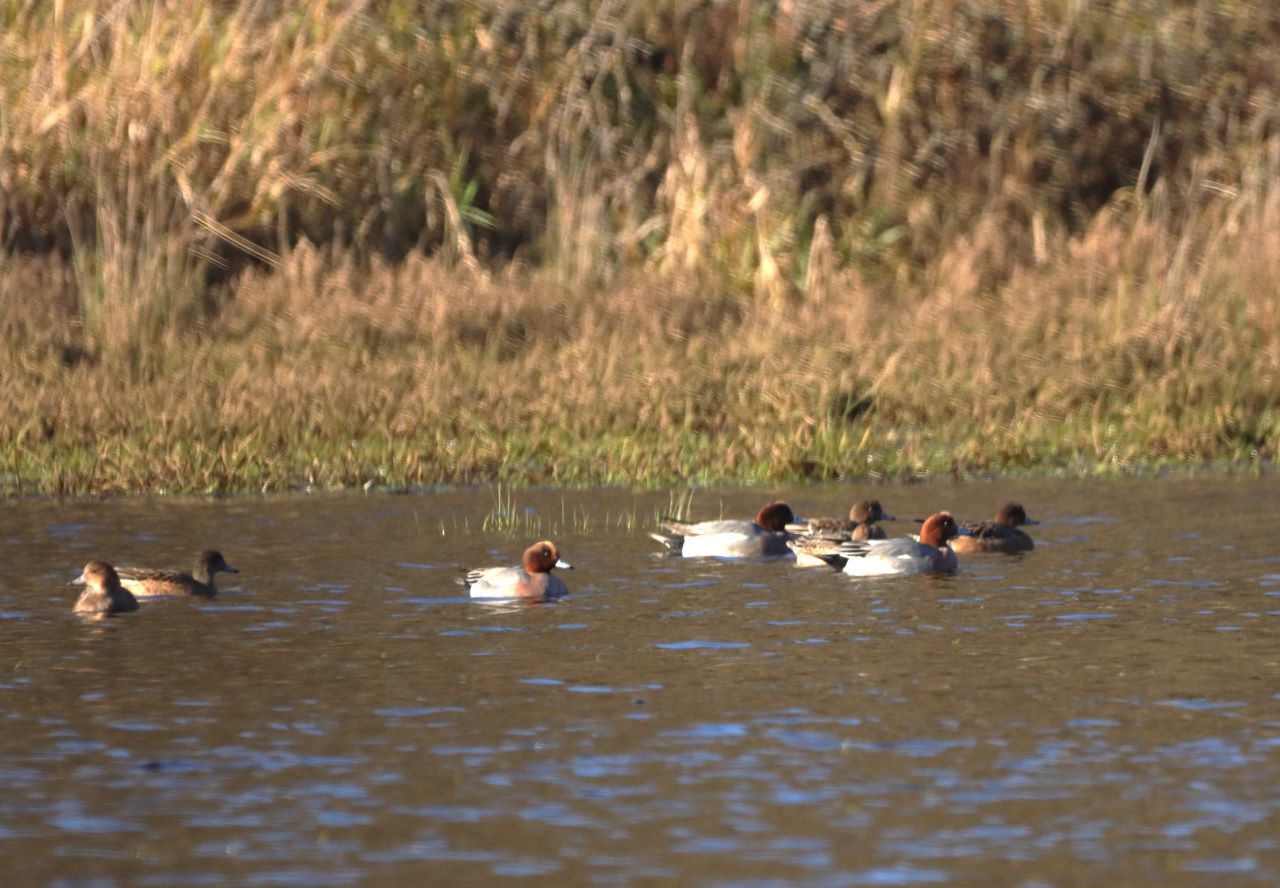
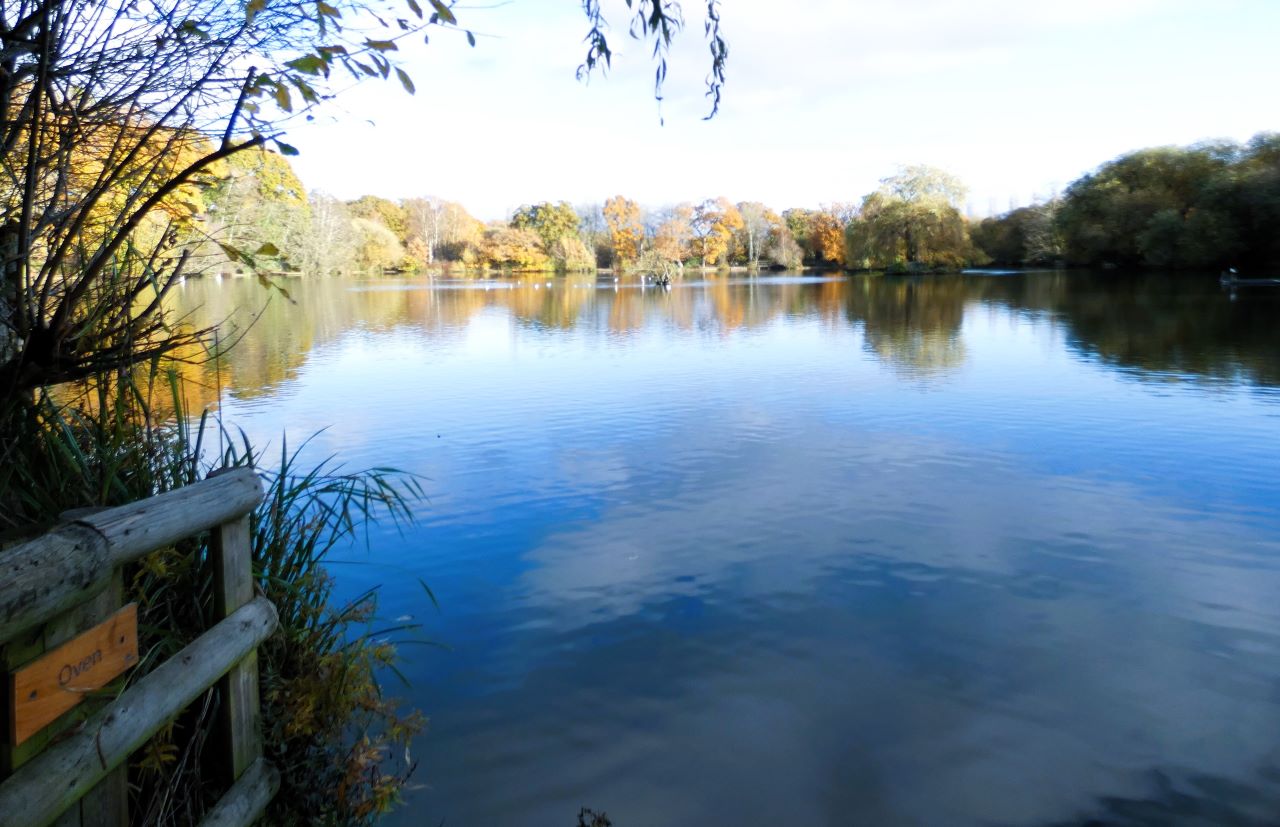
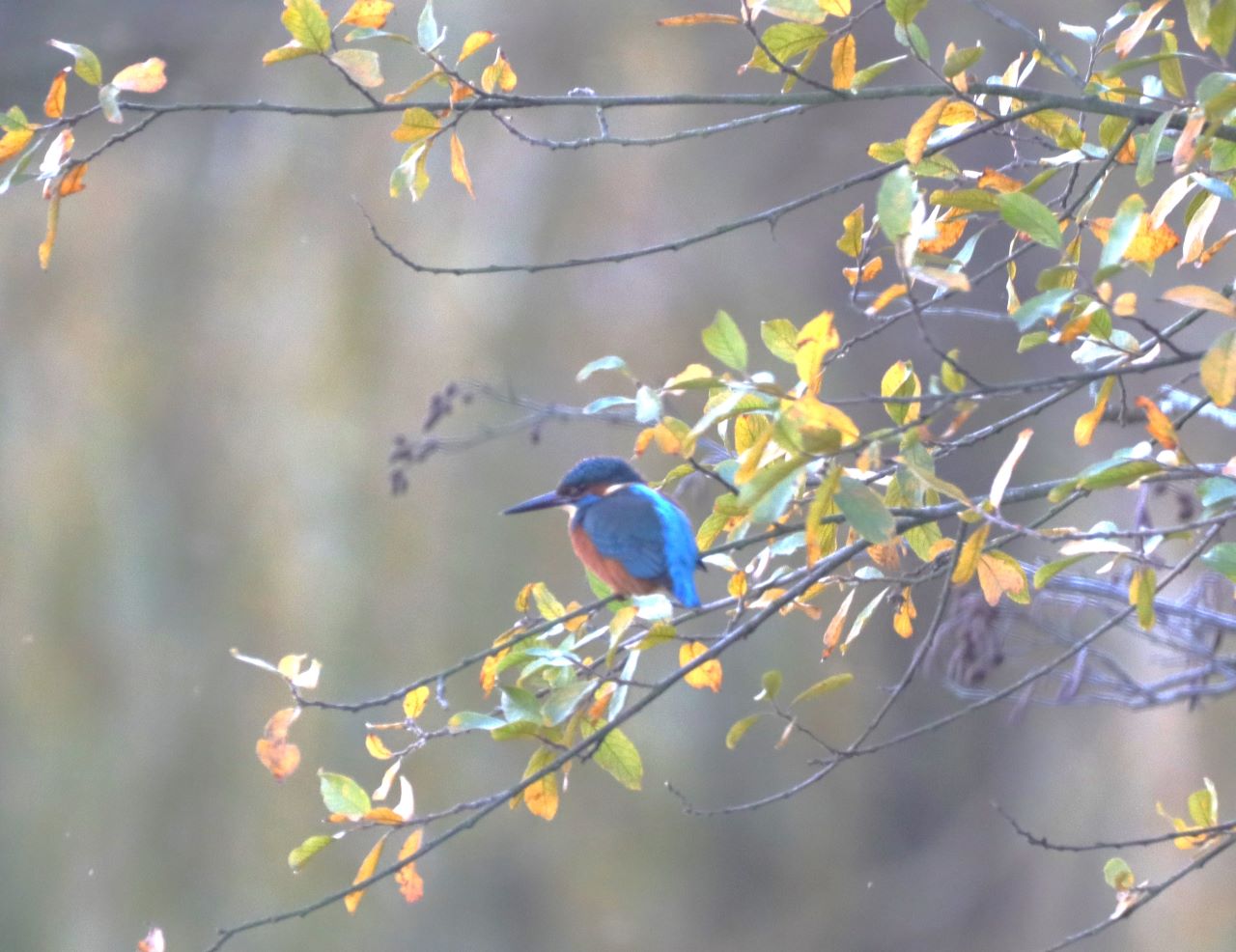
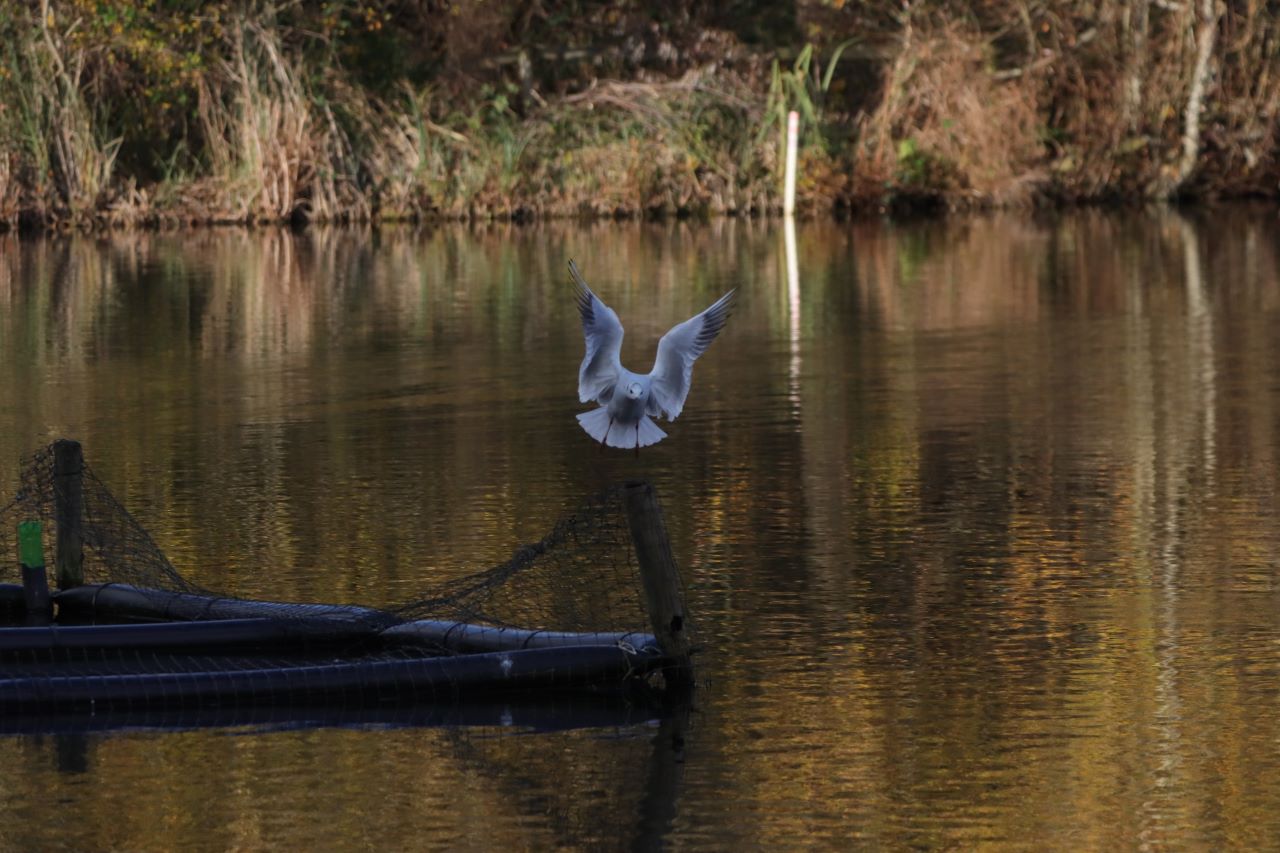
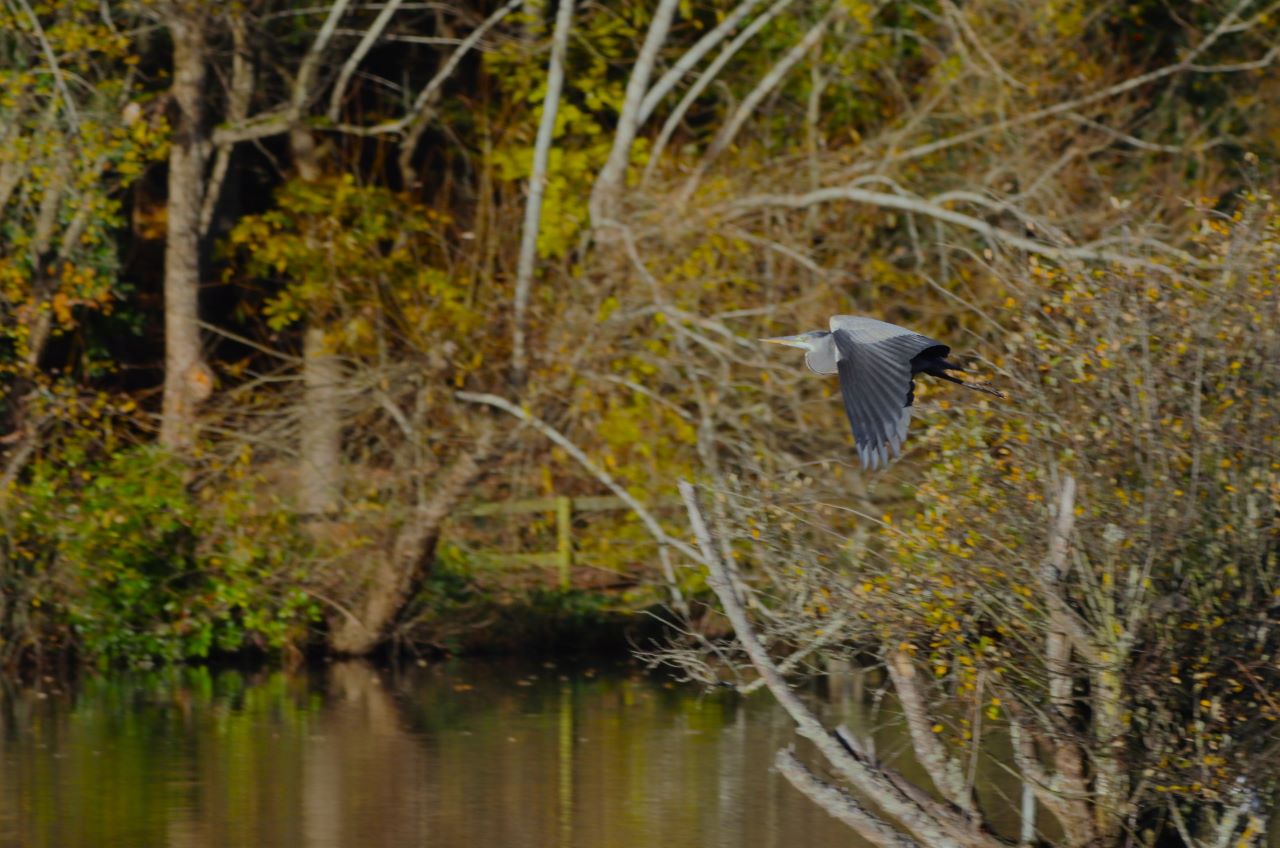
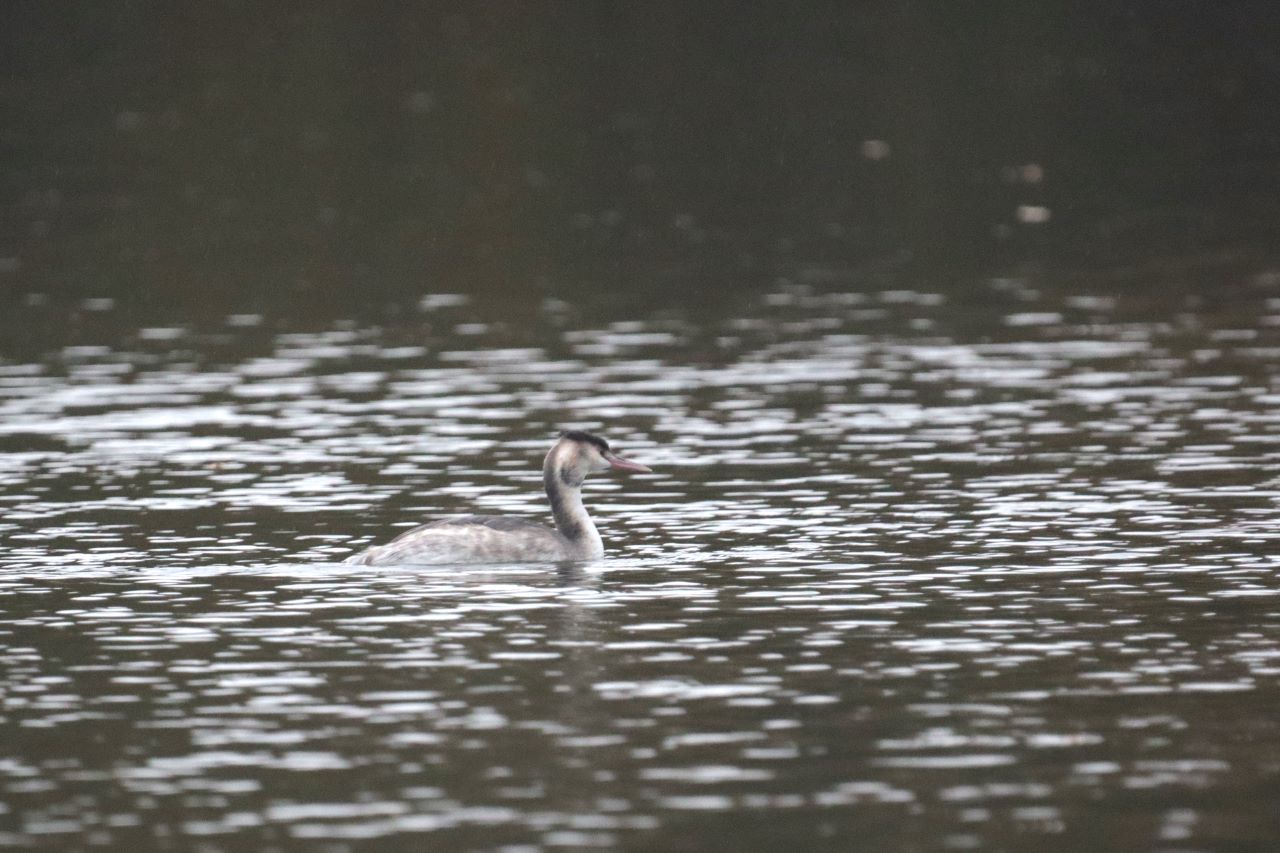
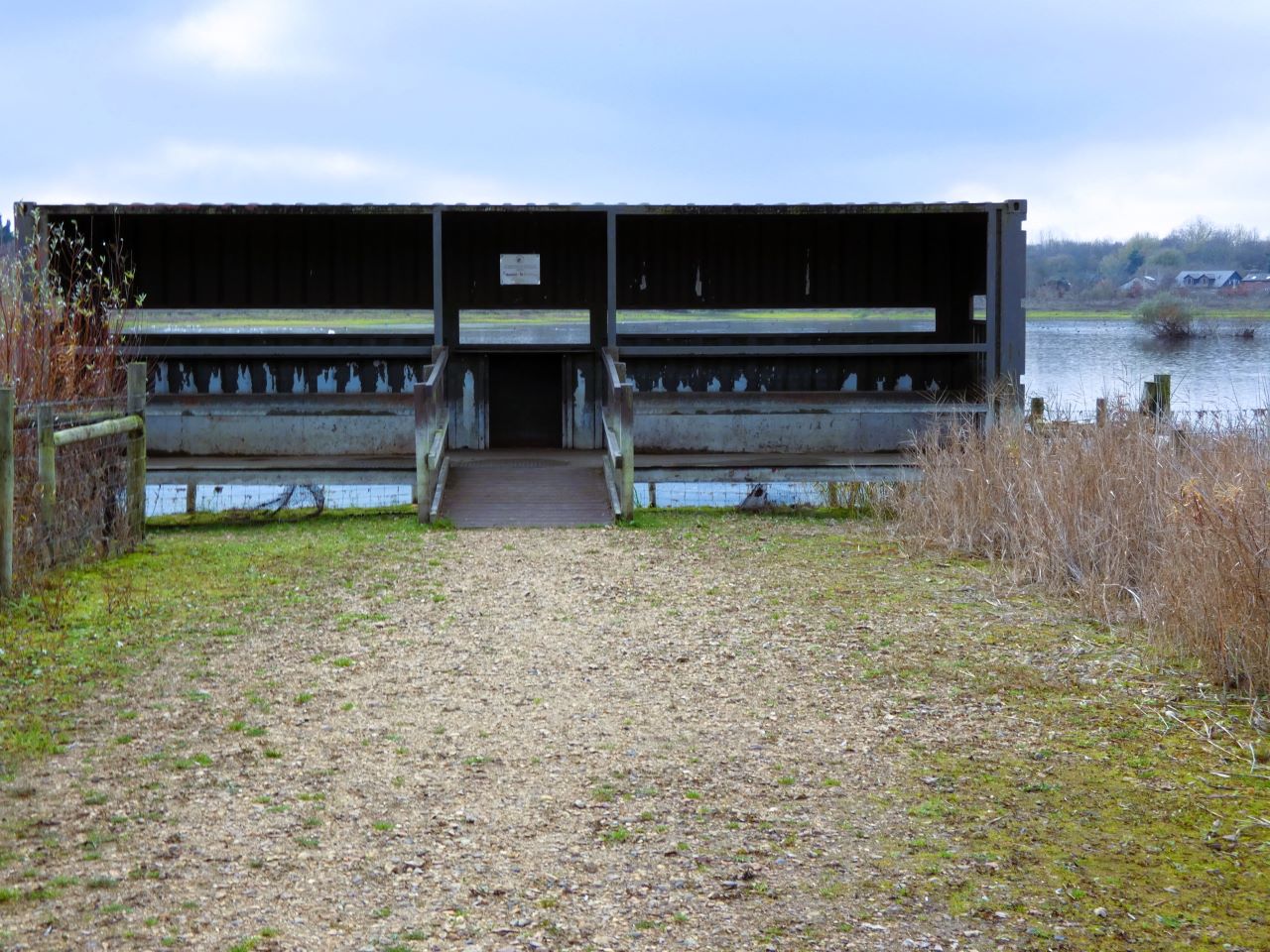
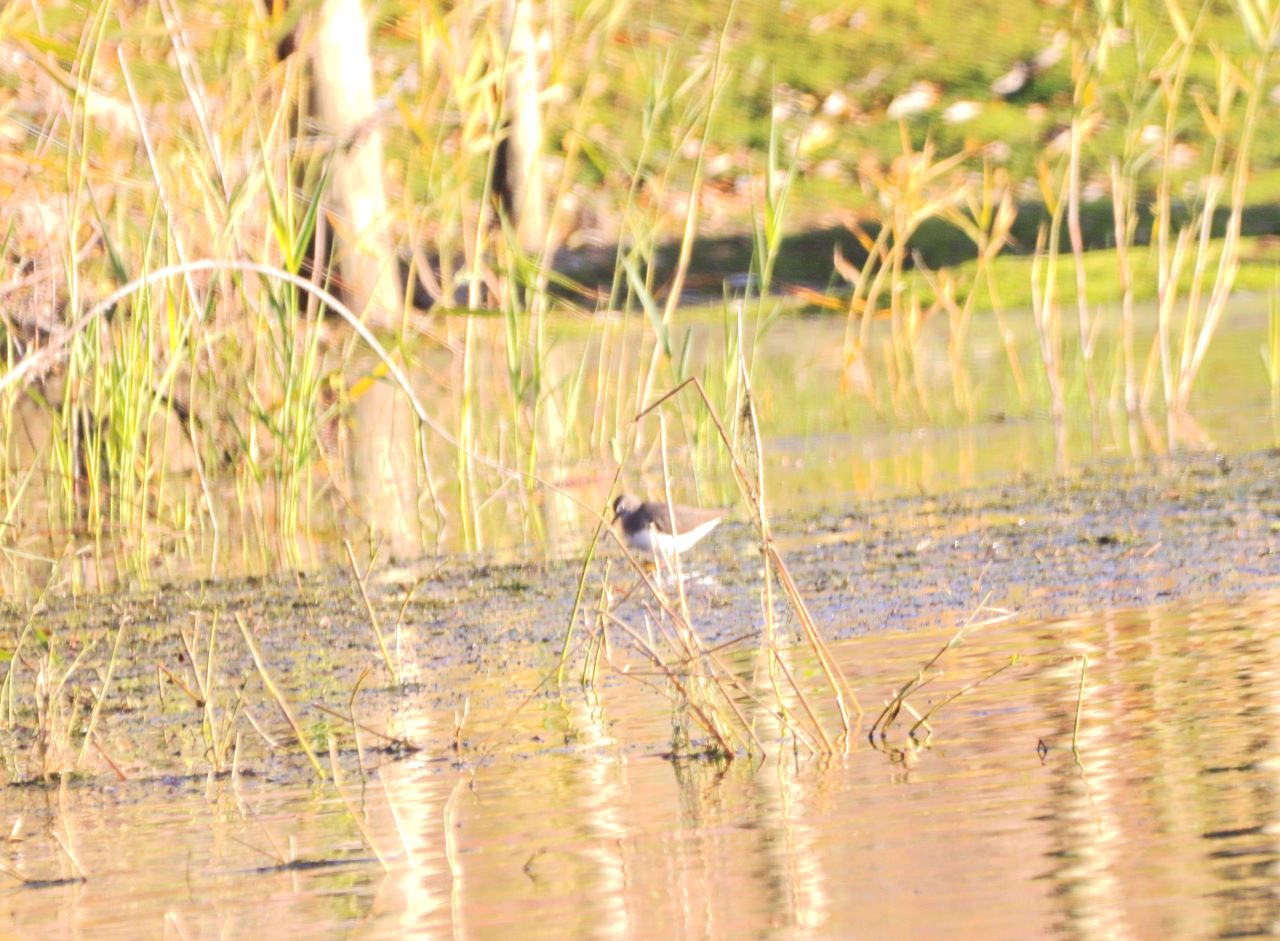
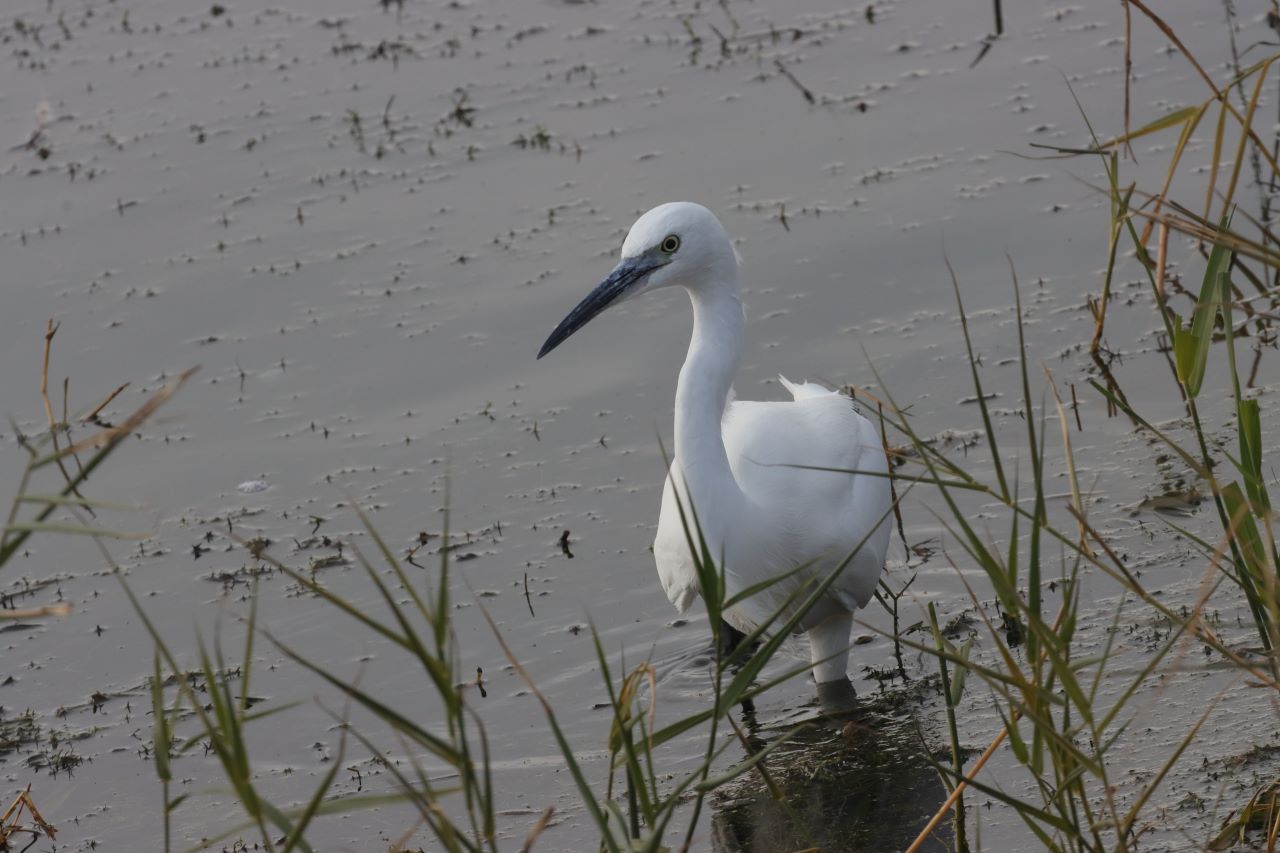
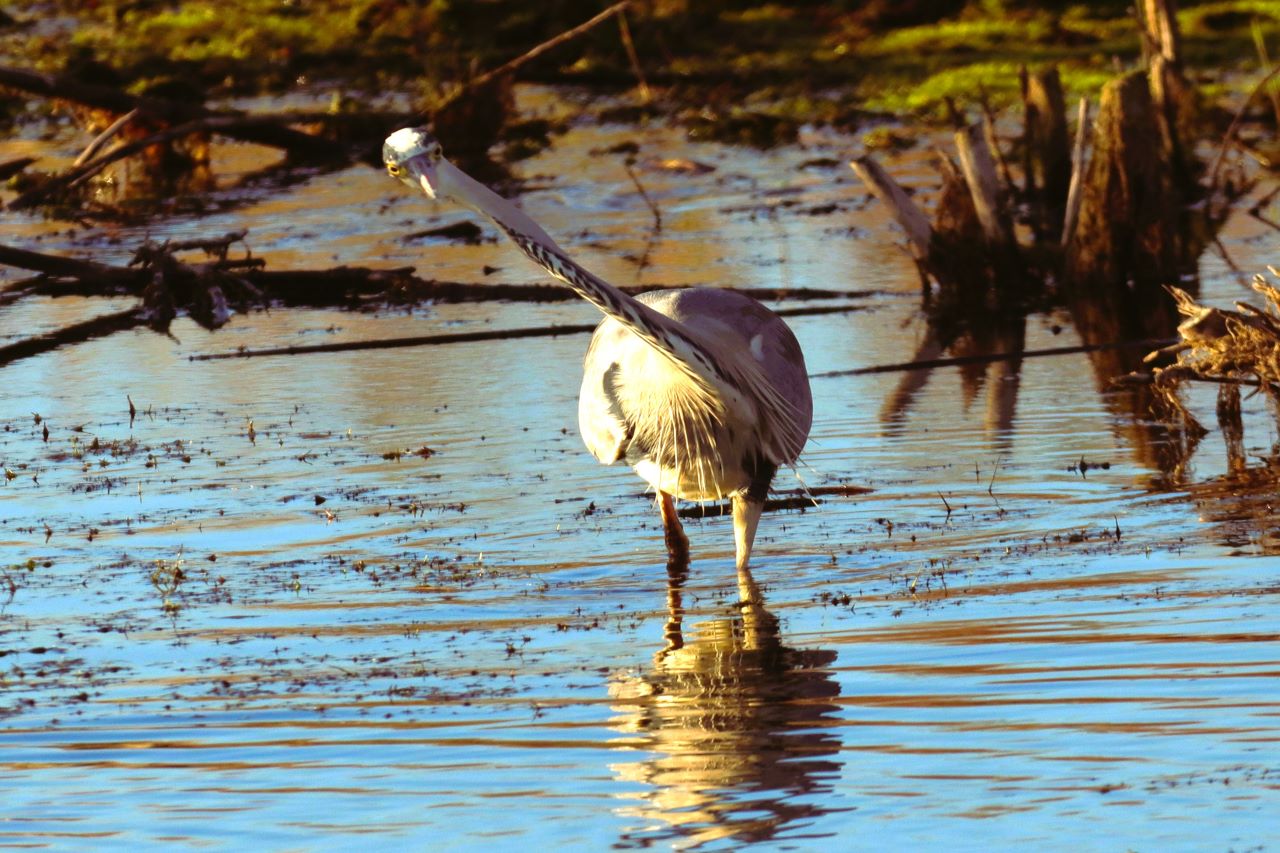
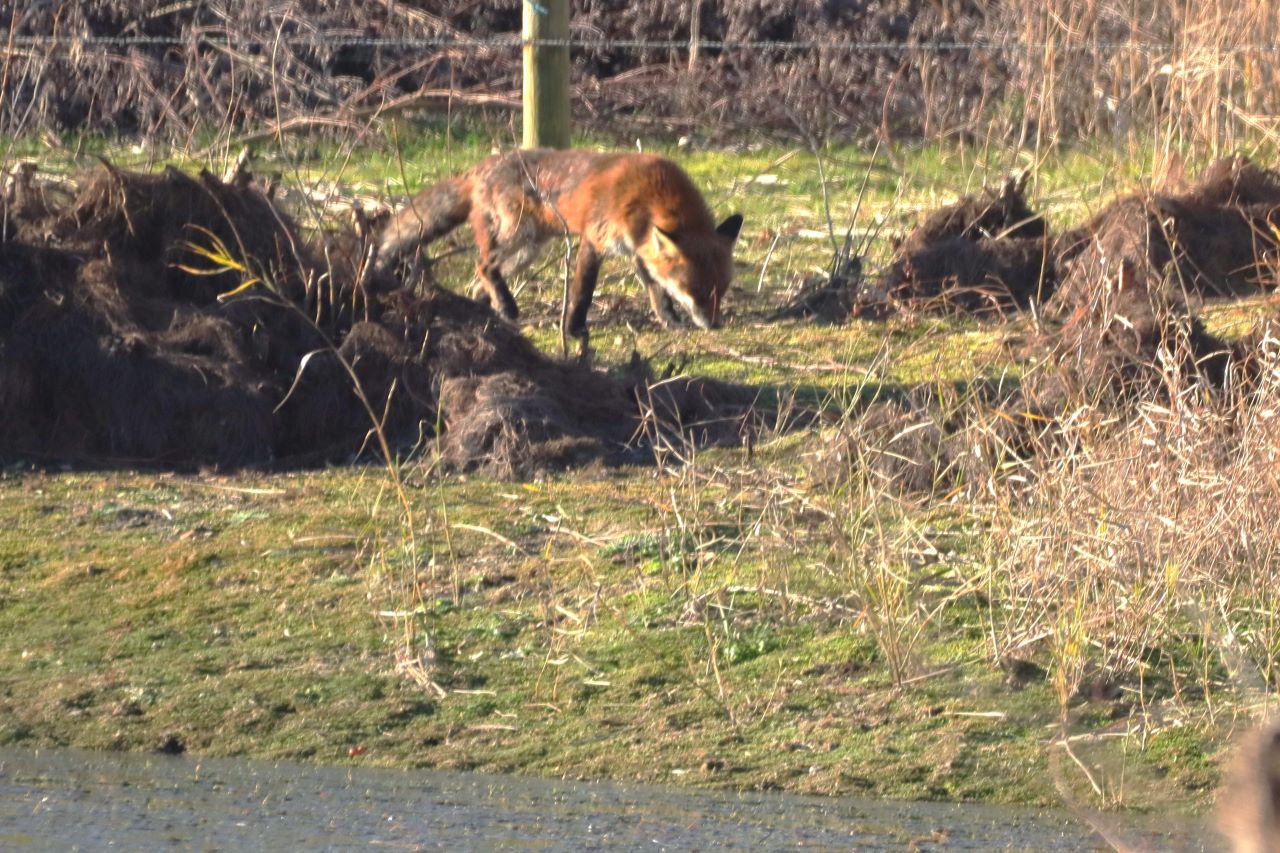
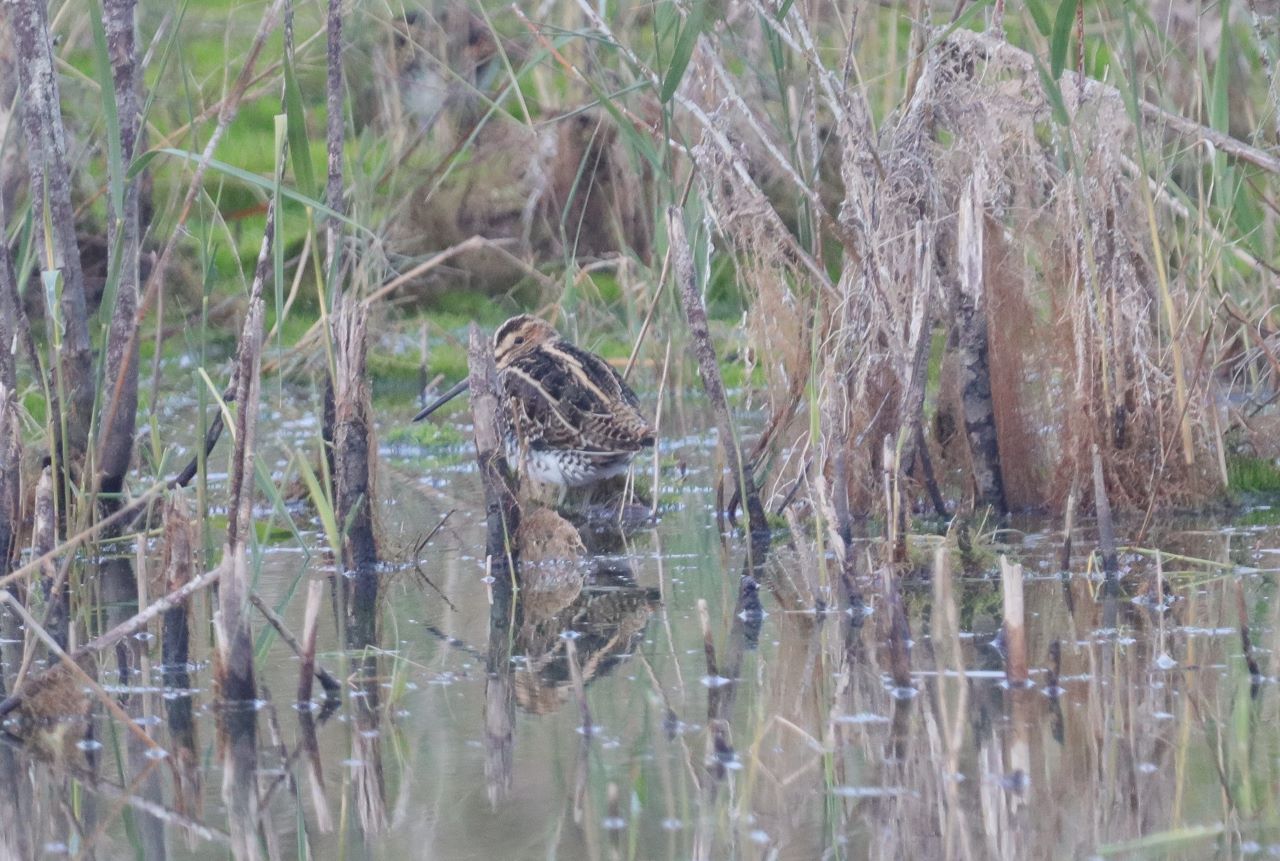
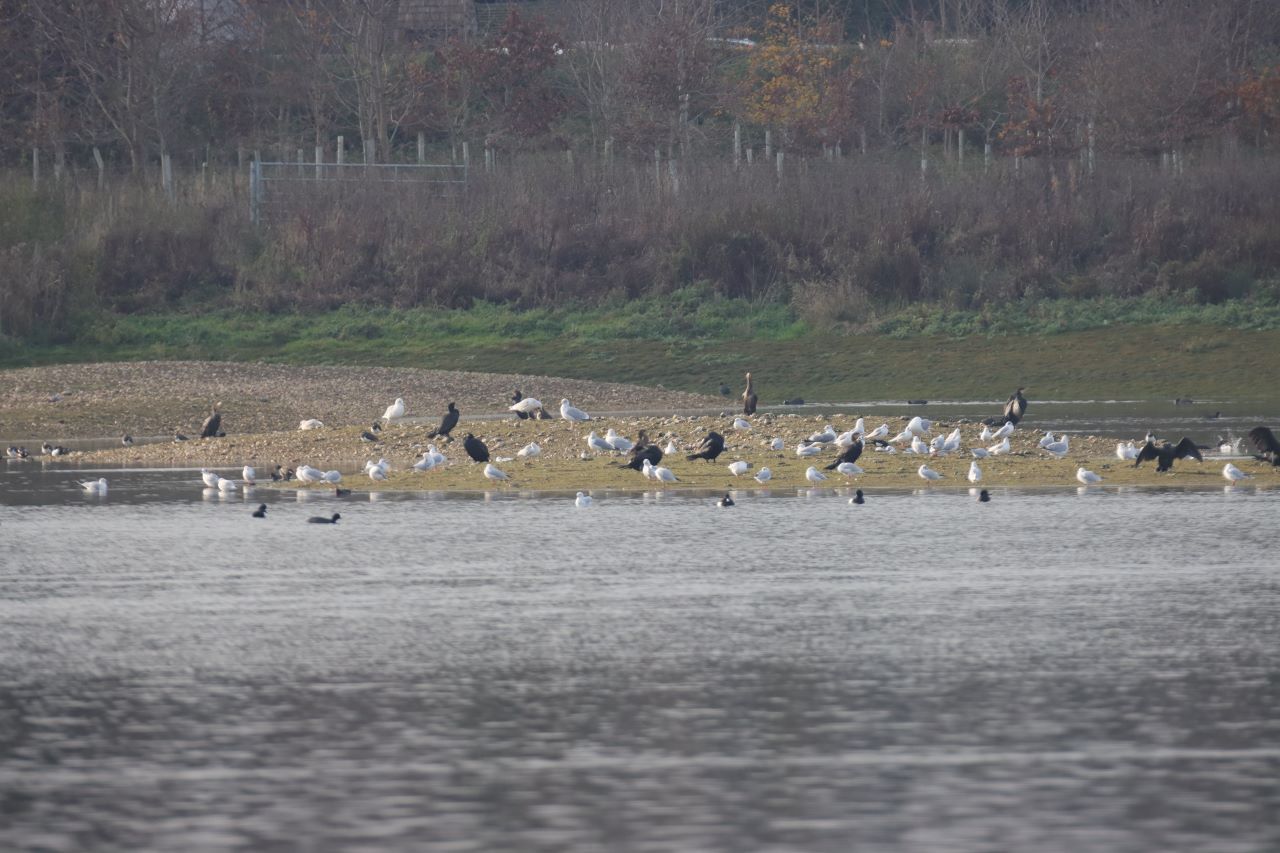
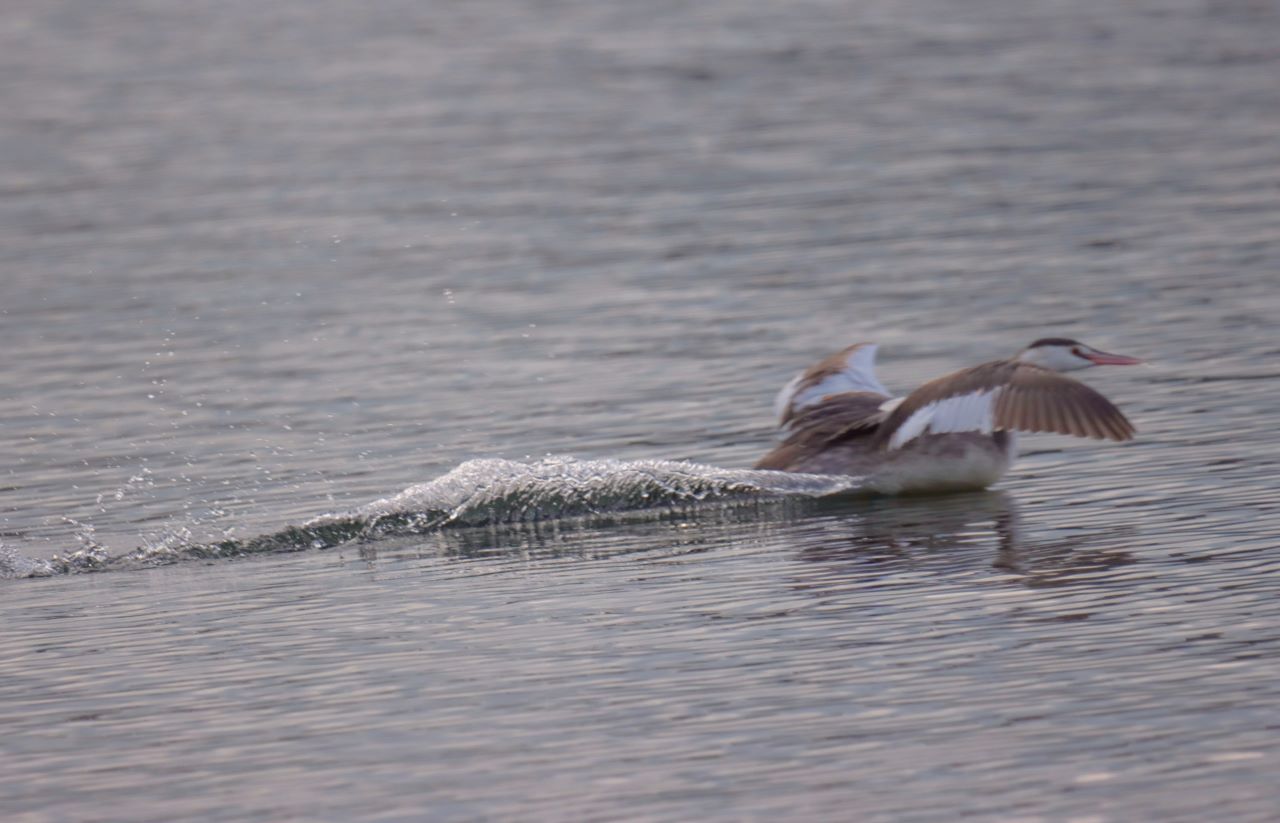
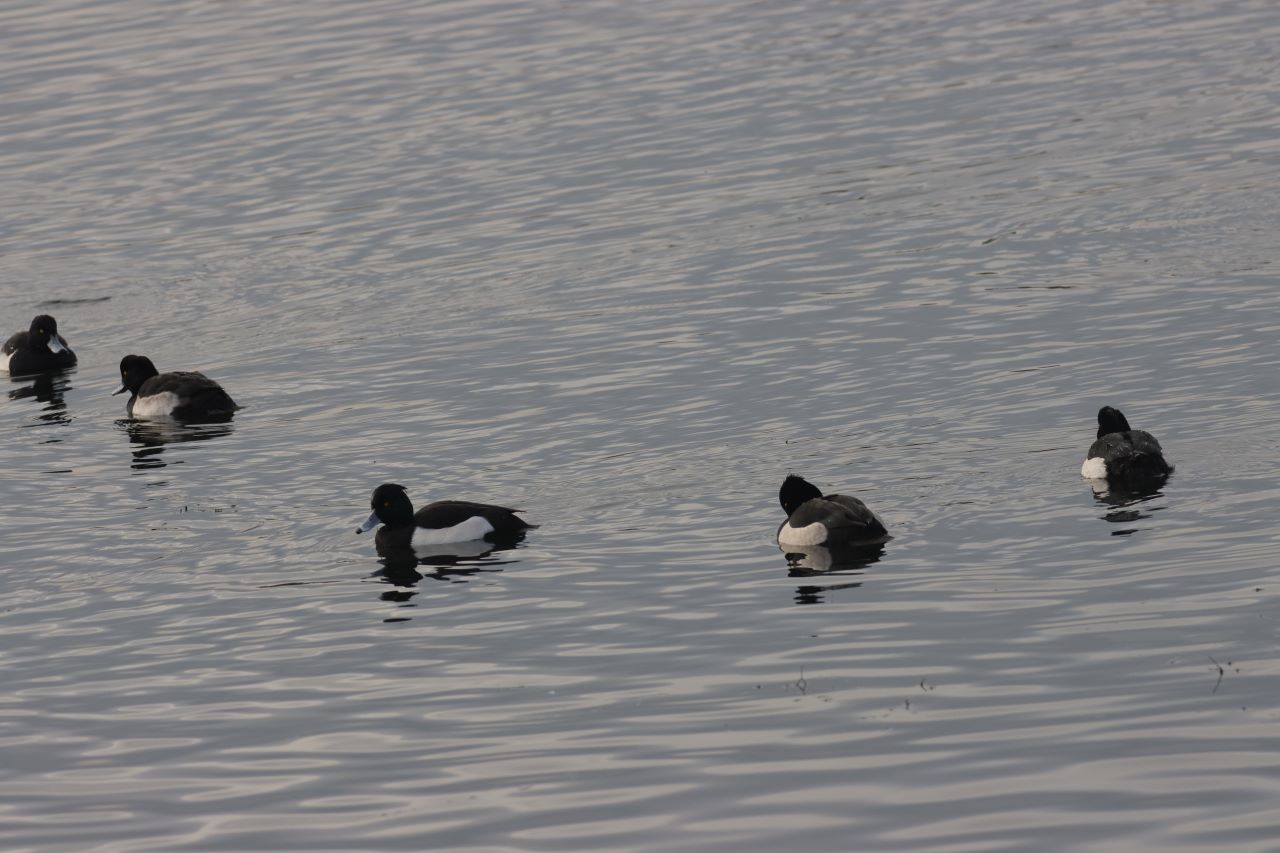
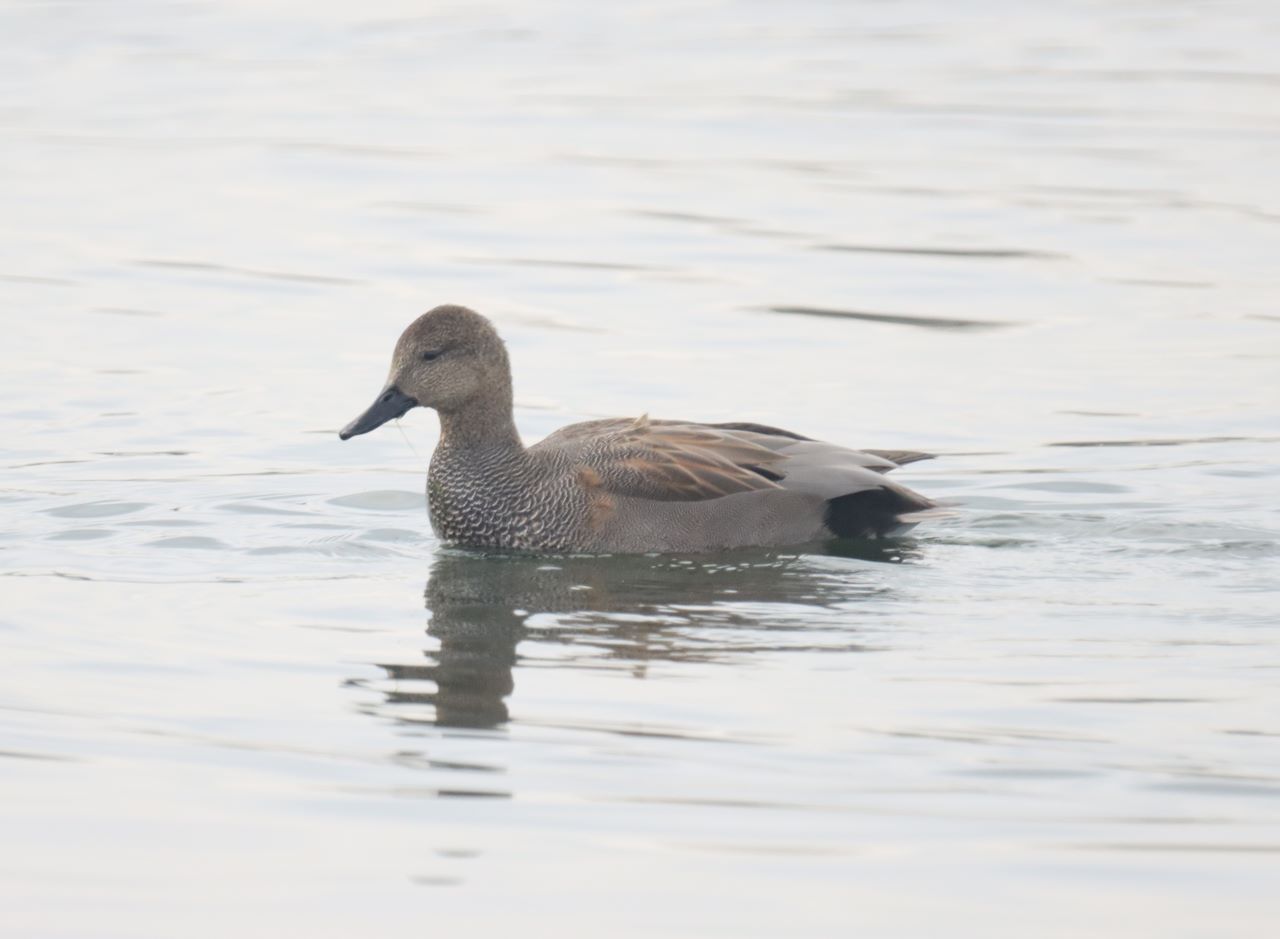
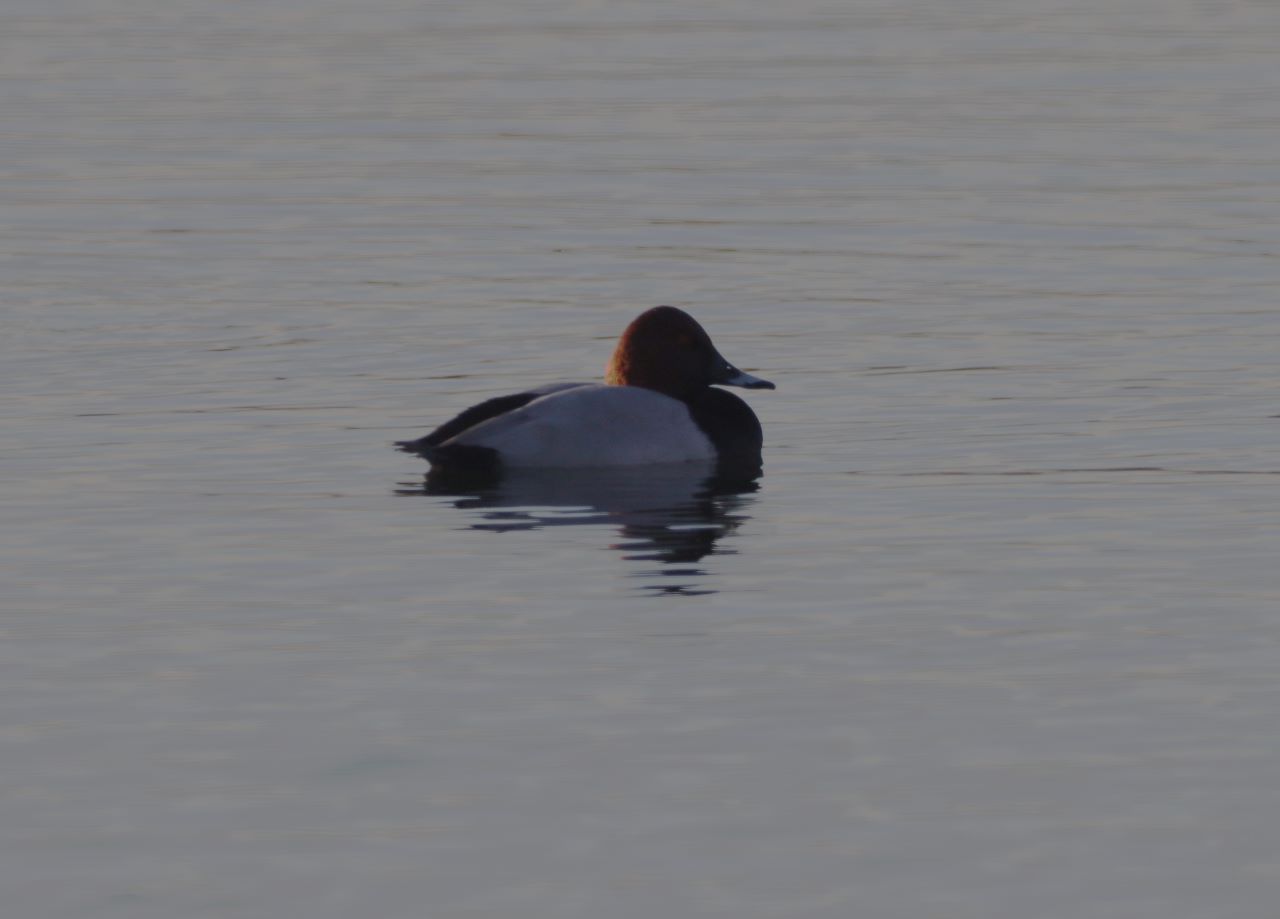
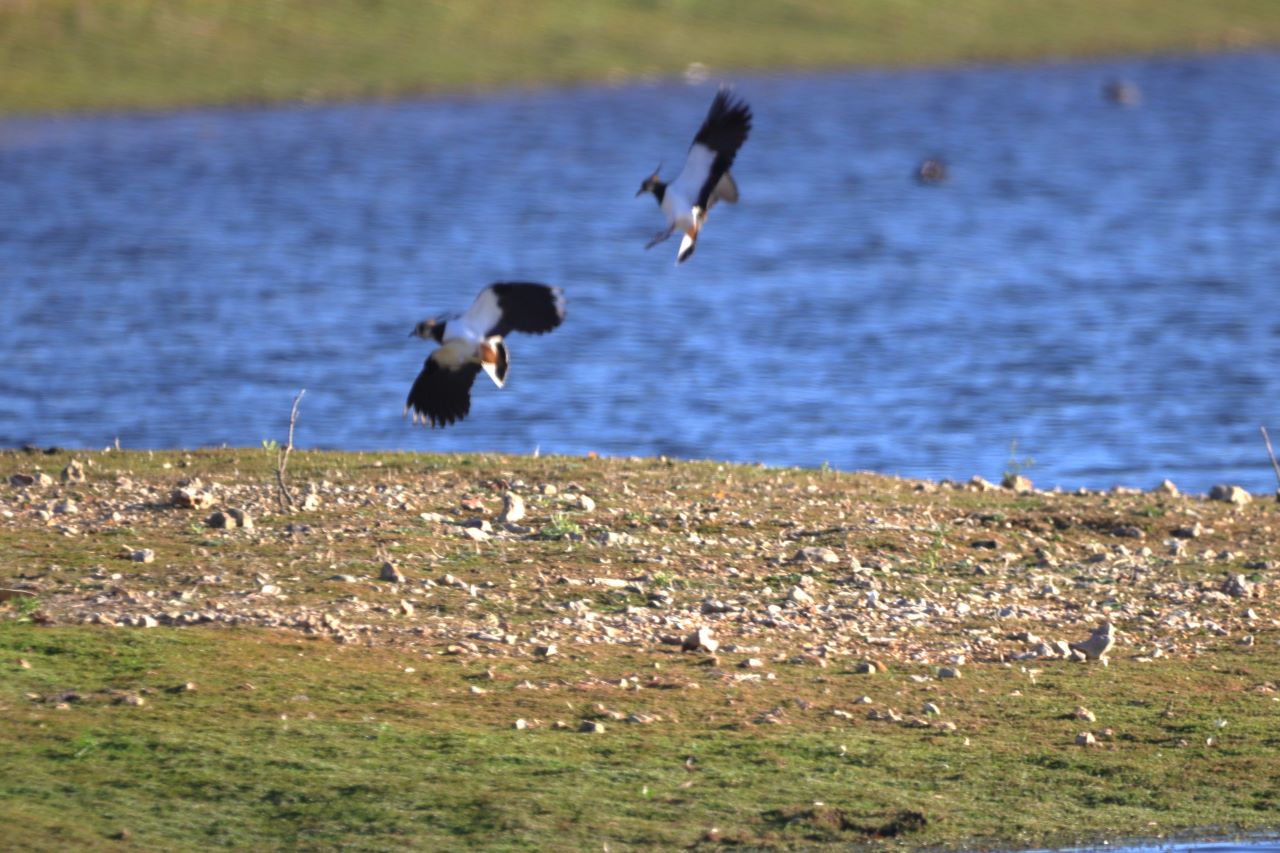
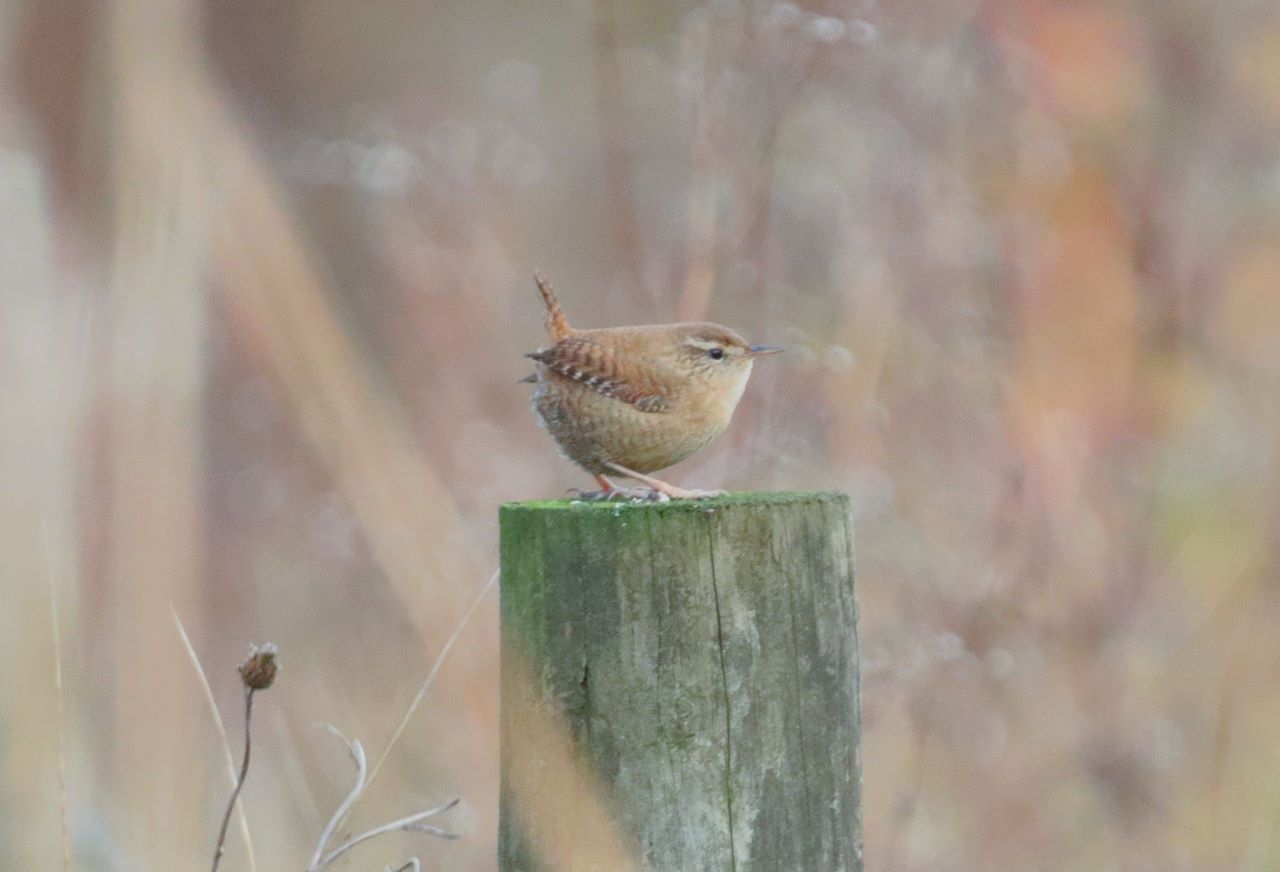

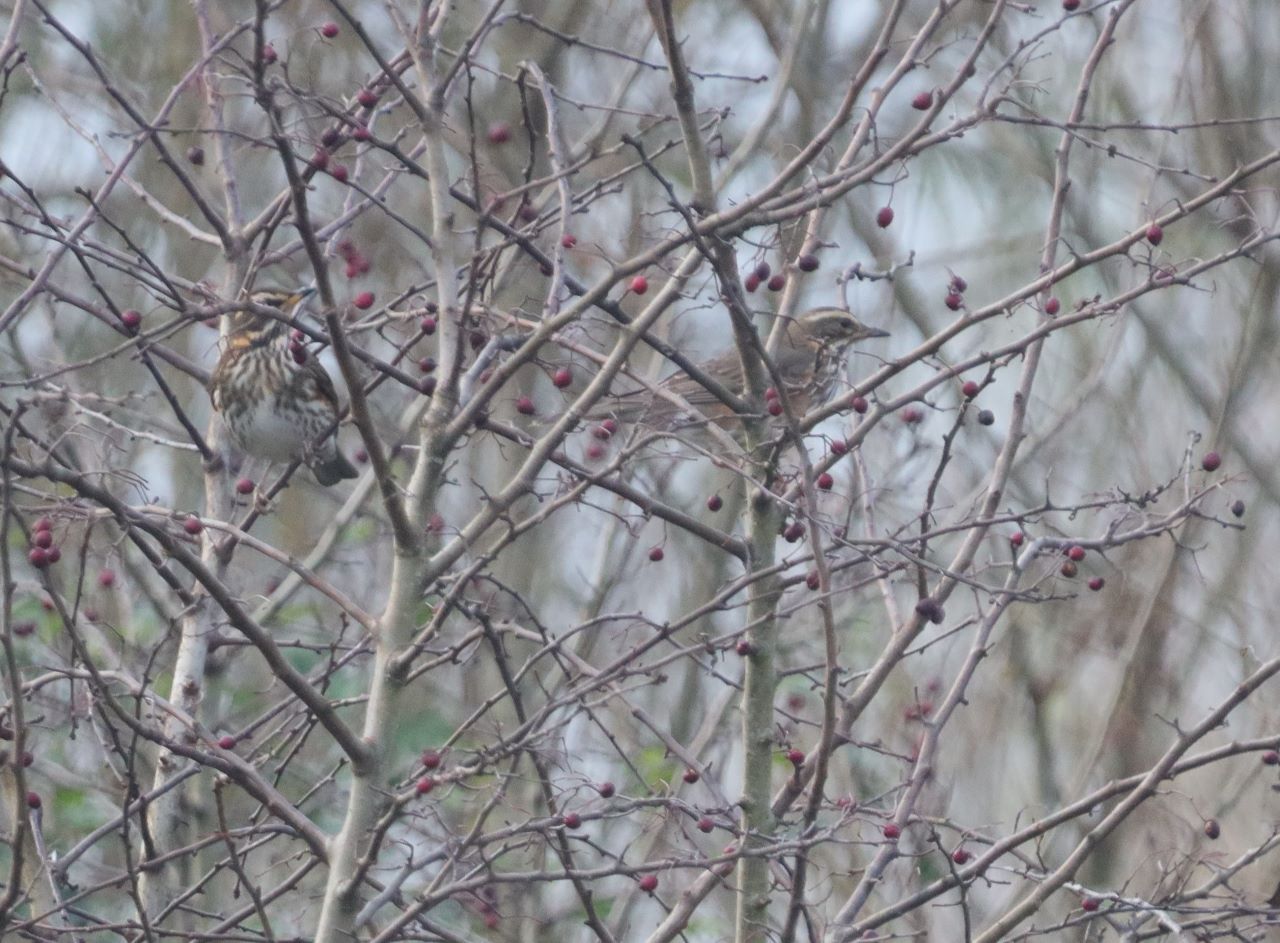

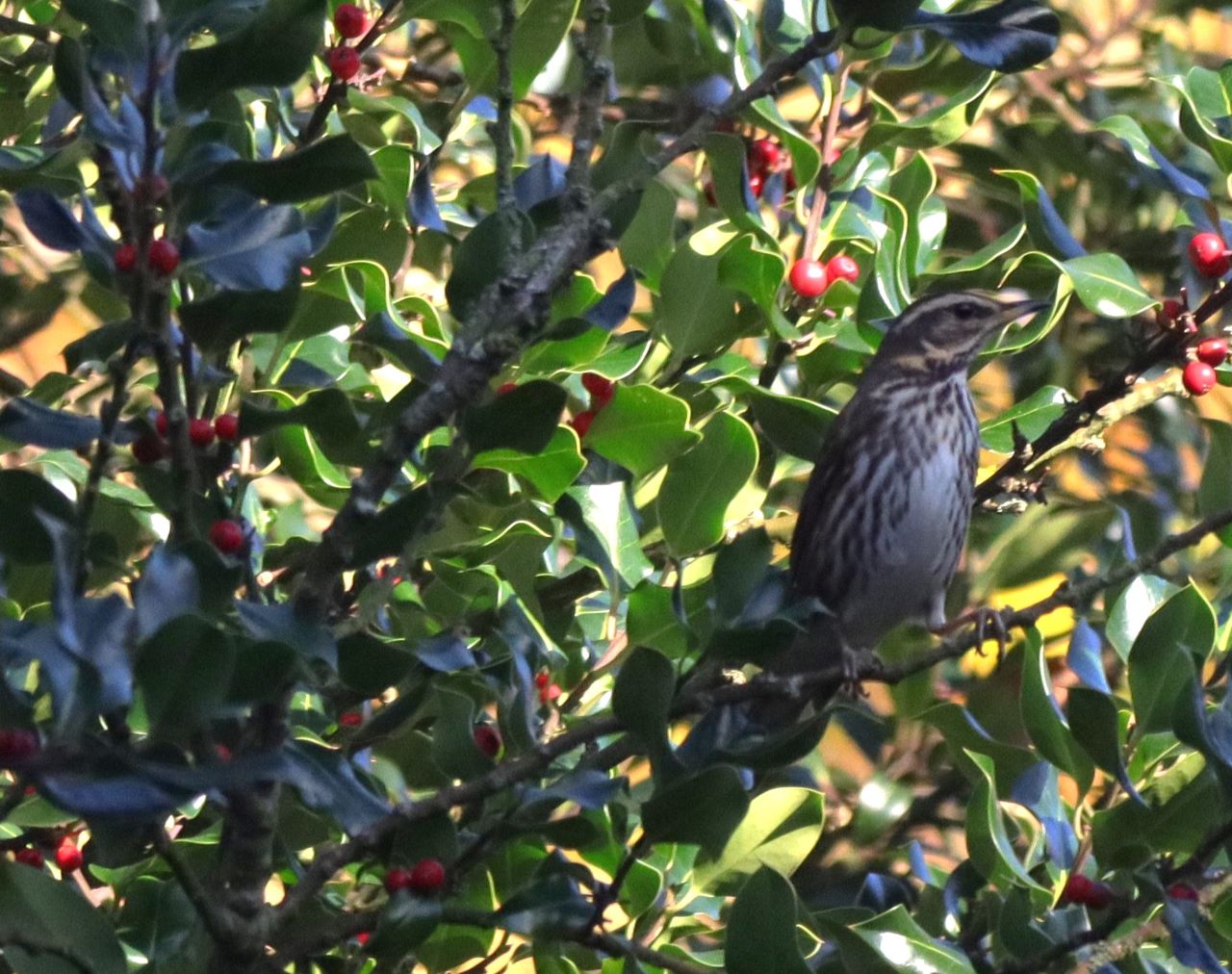

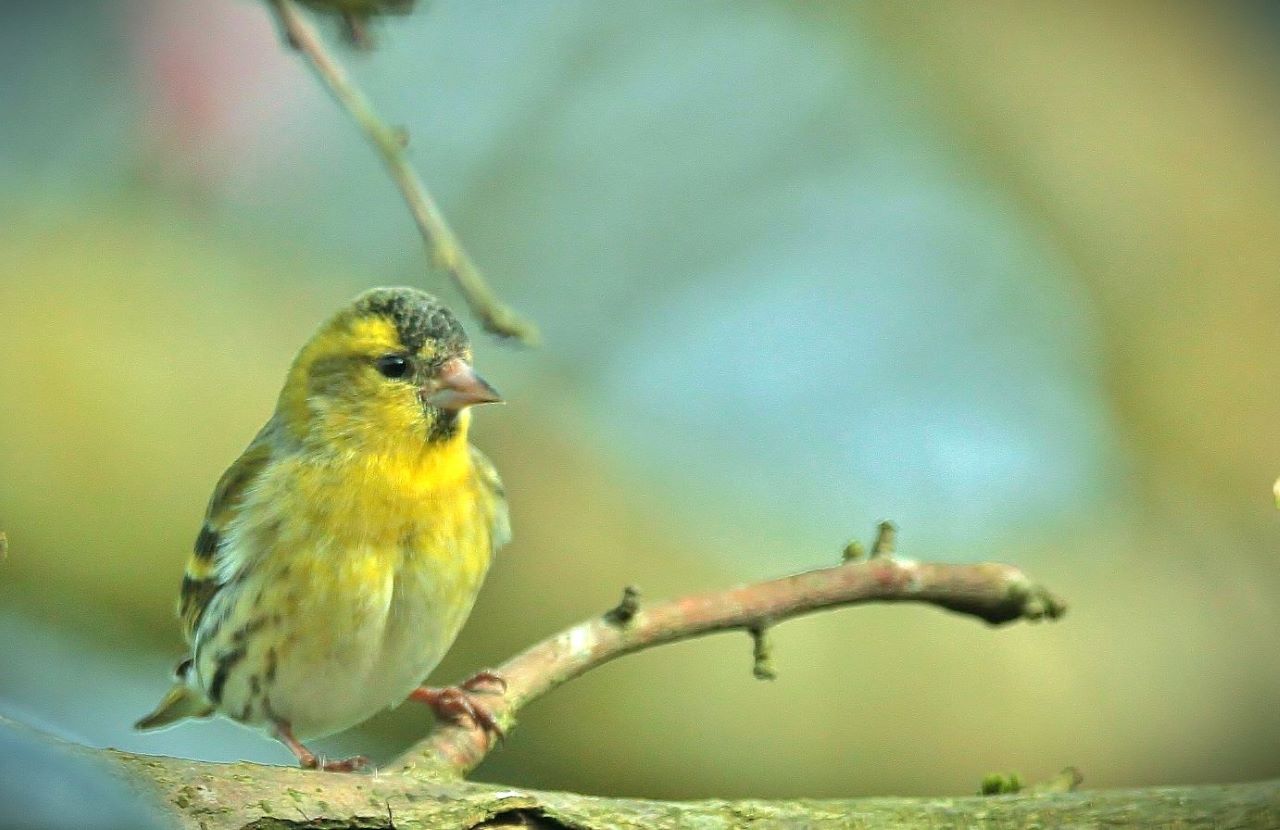







Roland Dunster
December 2, 2023 at 6:37 pm
I always read and enjoy Malcolm Fincham’s uplifting Birdwatcher’s Diaries.
Editors comment: Yes, we are privileged to have his column laid out and edited by David Rose. It is very much appreciated and is an important record of some of our local fauna.